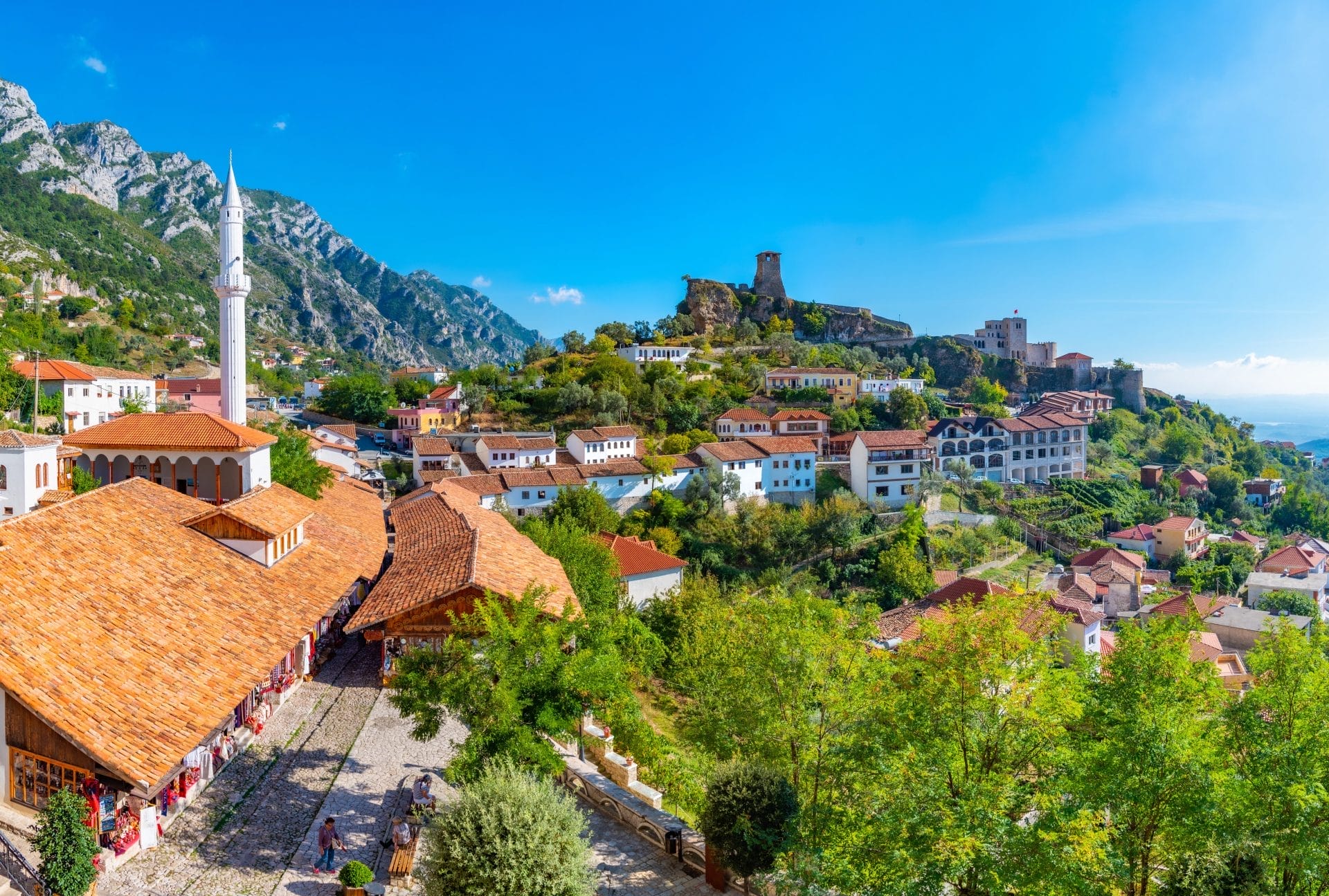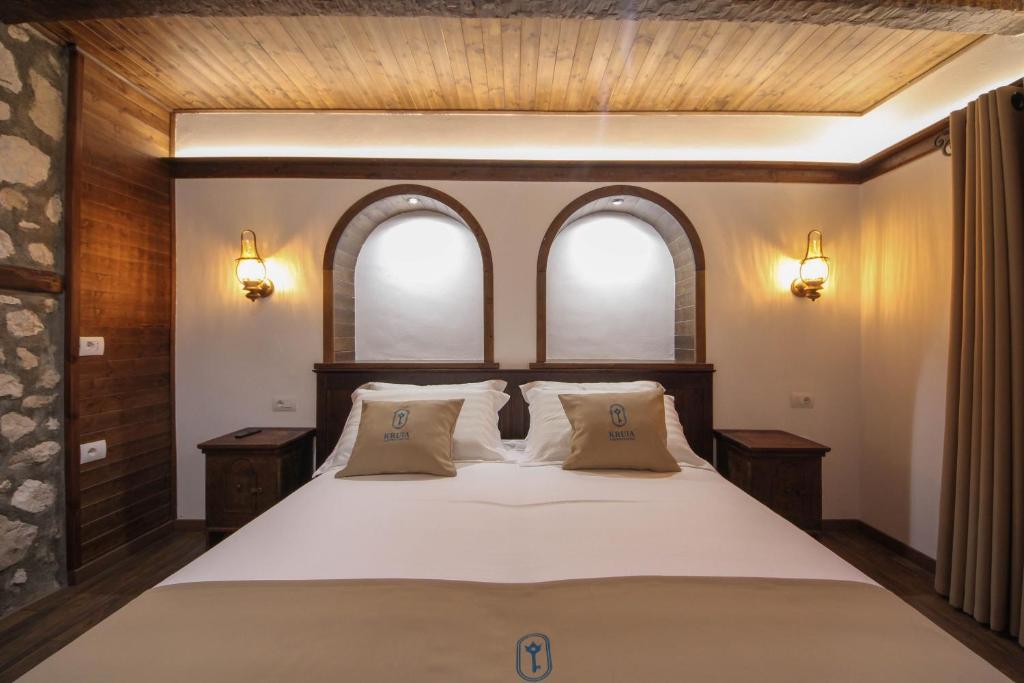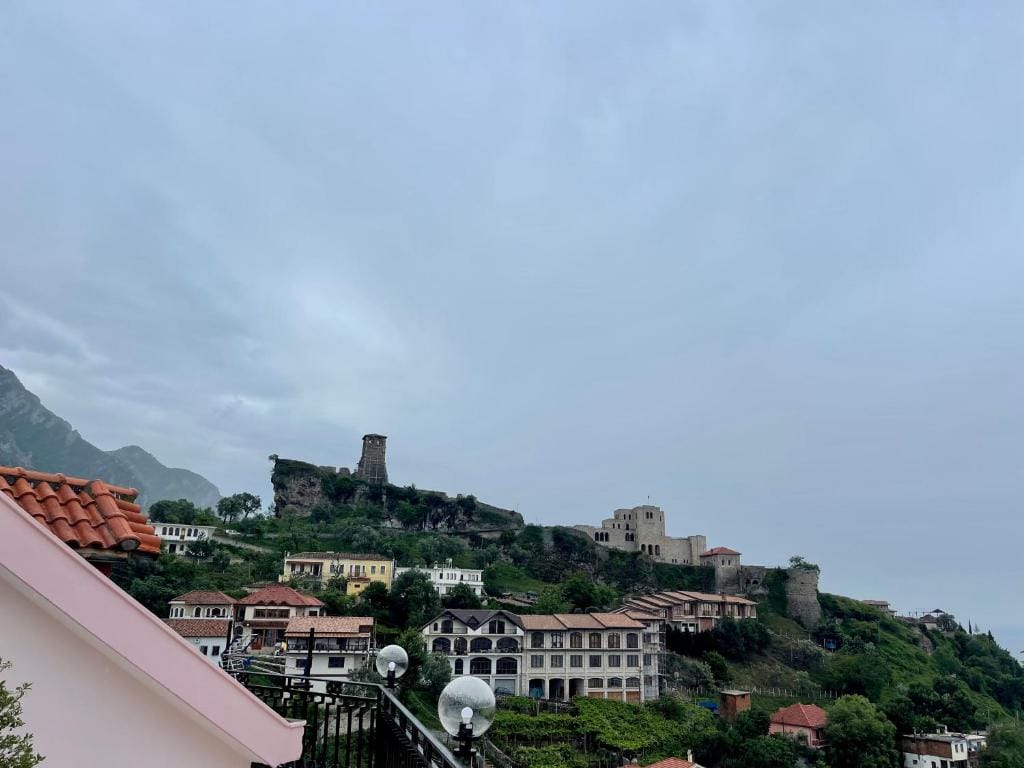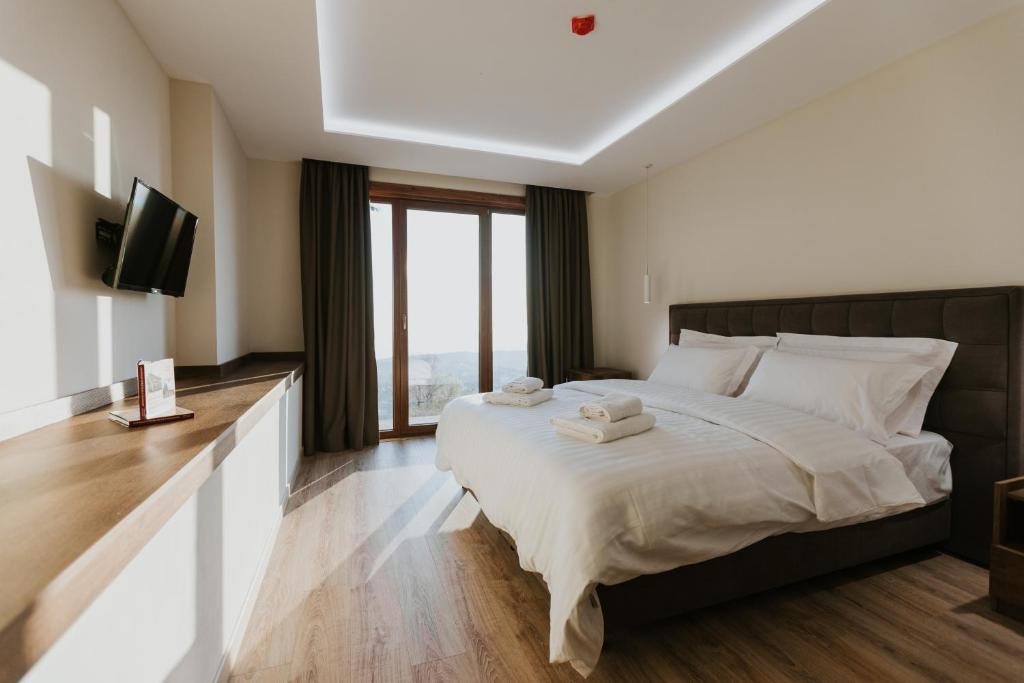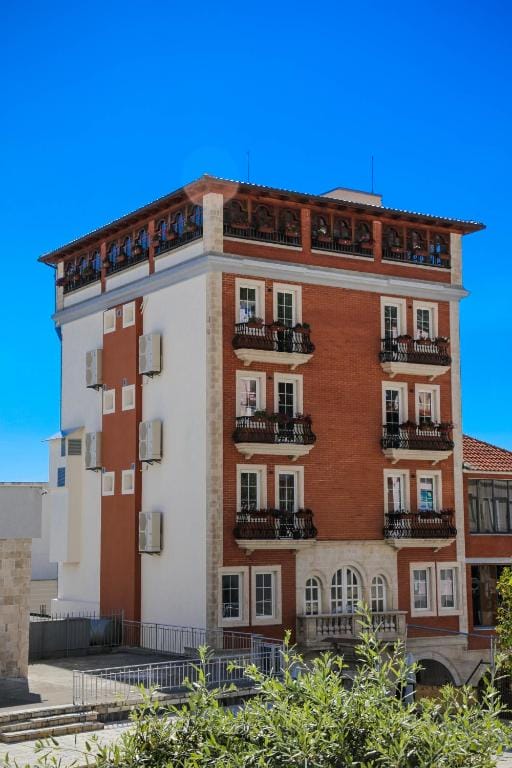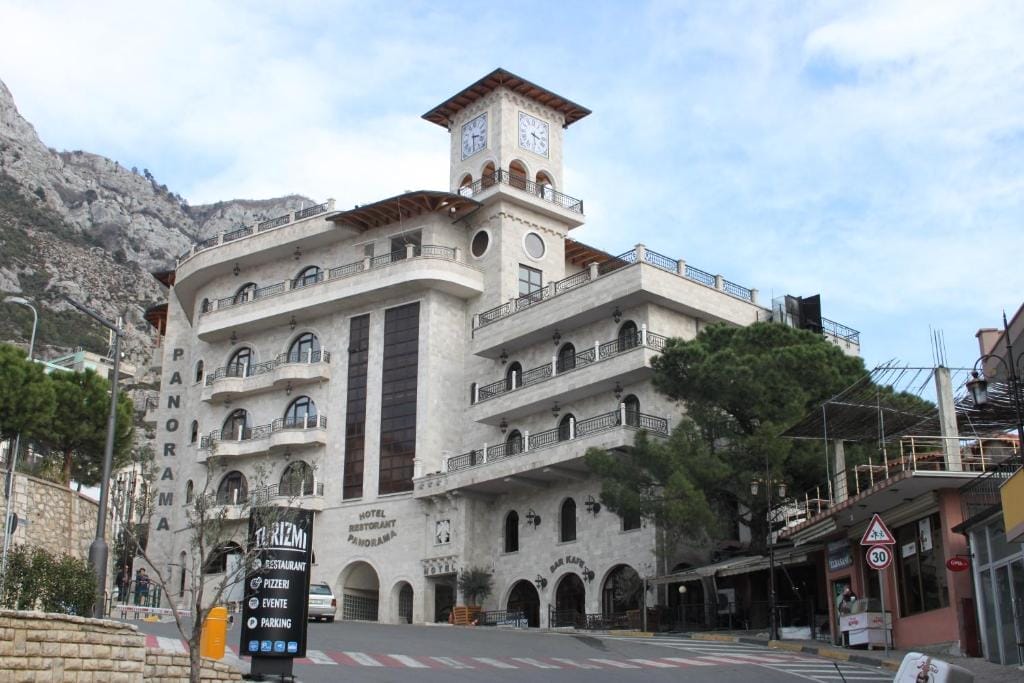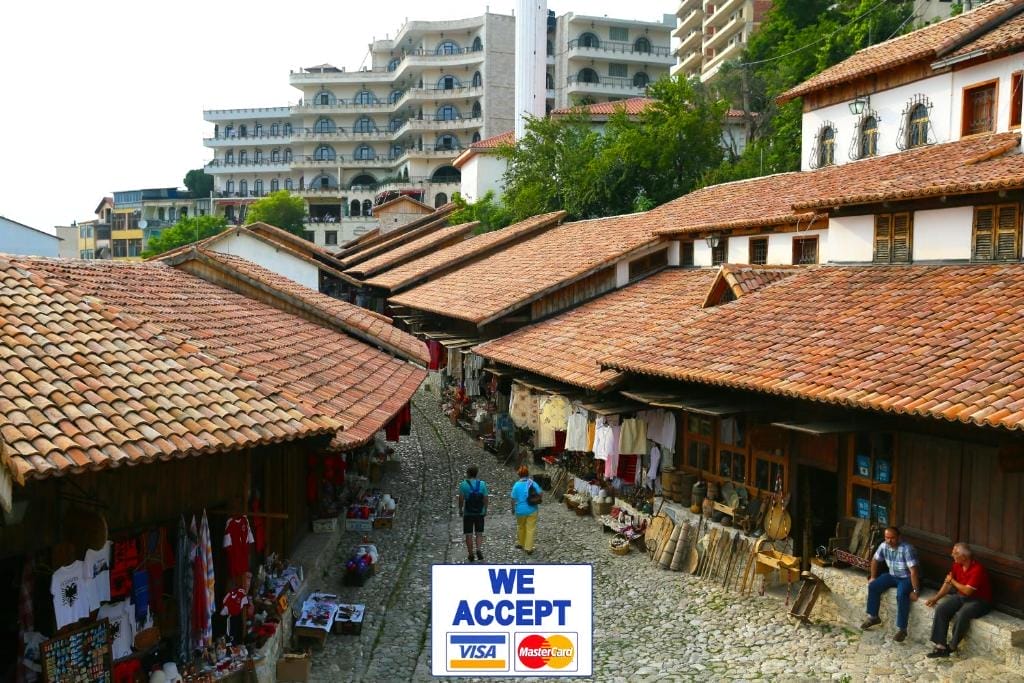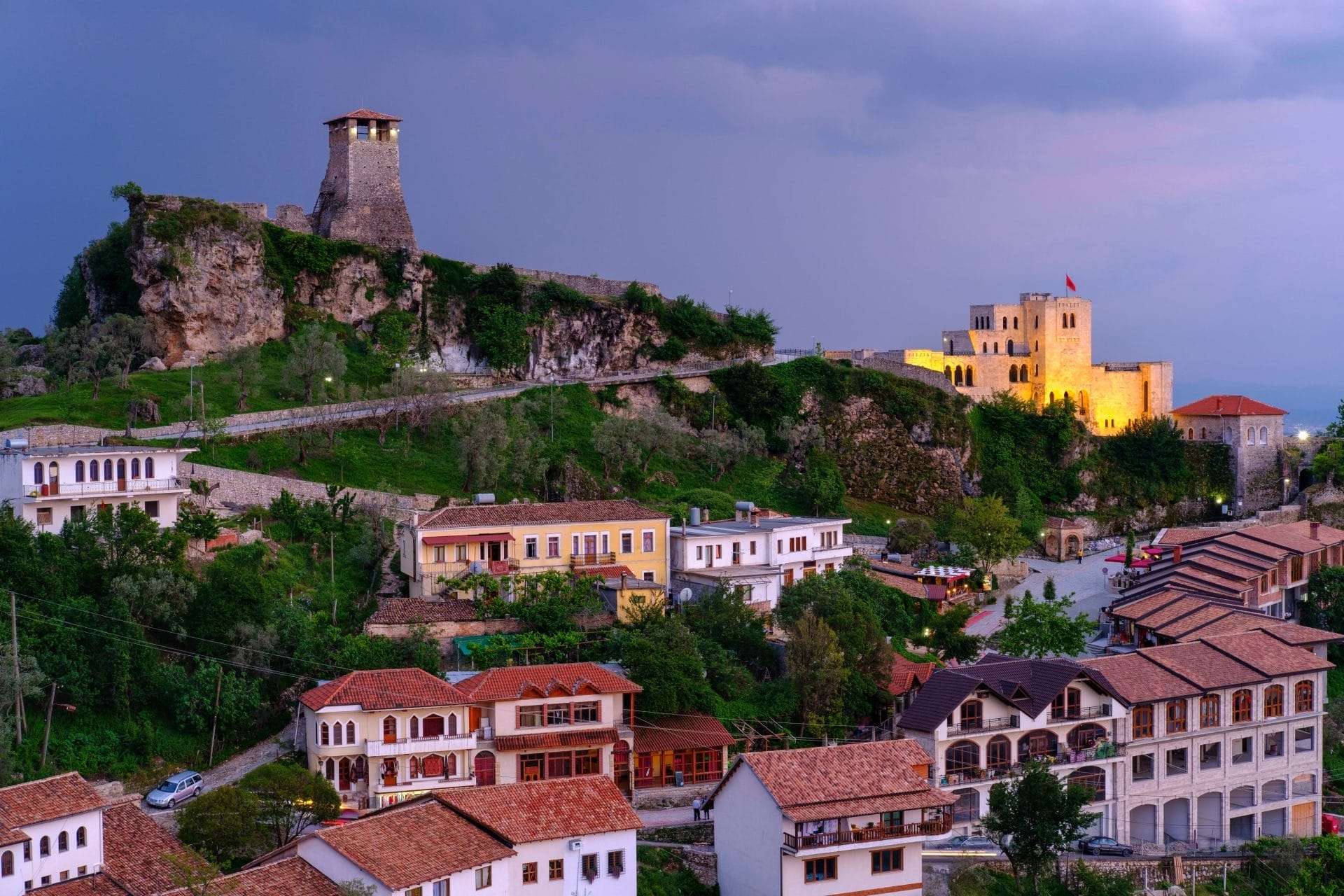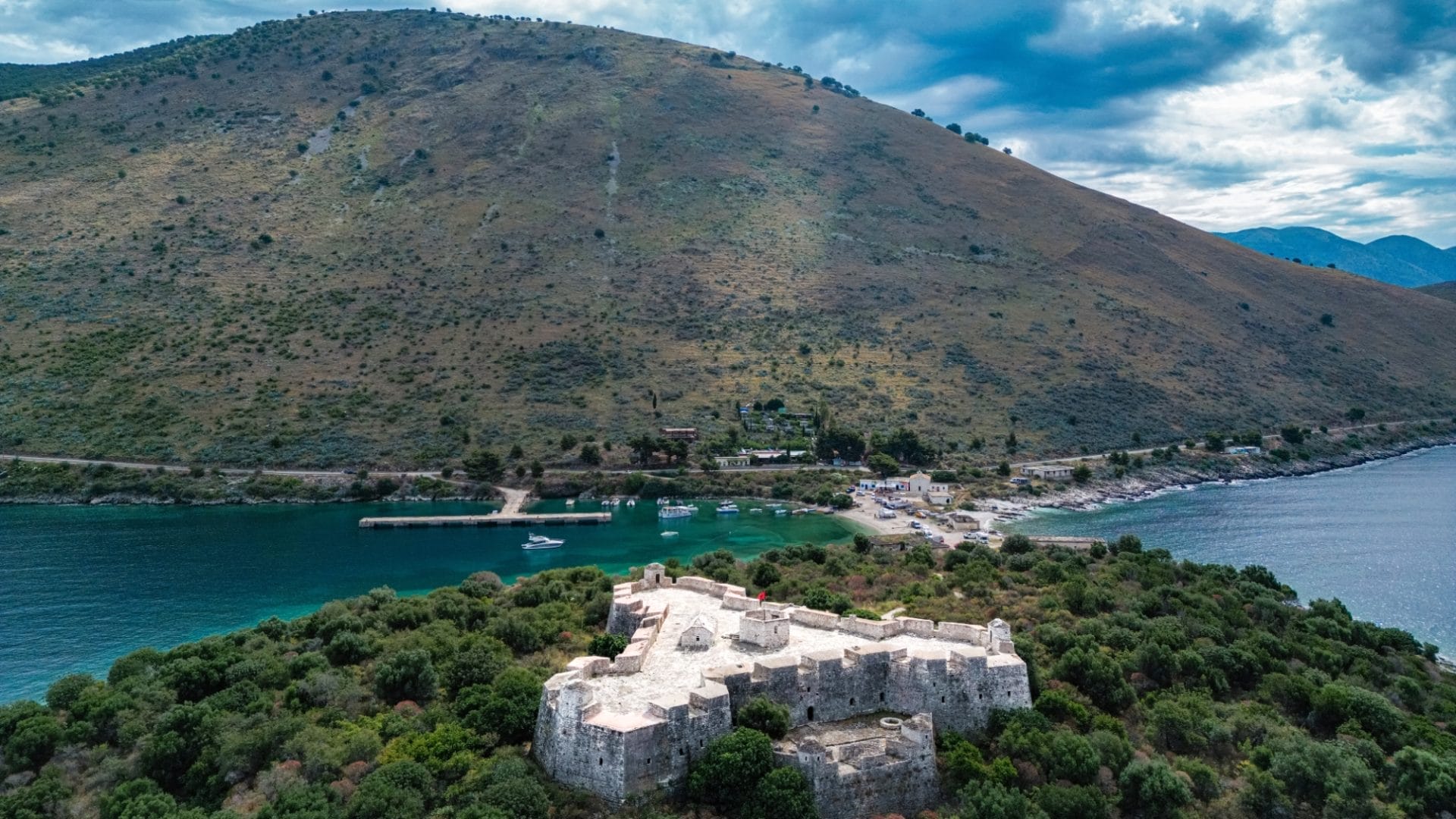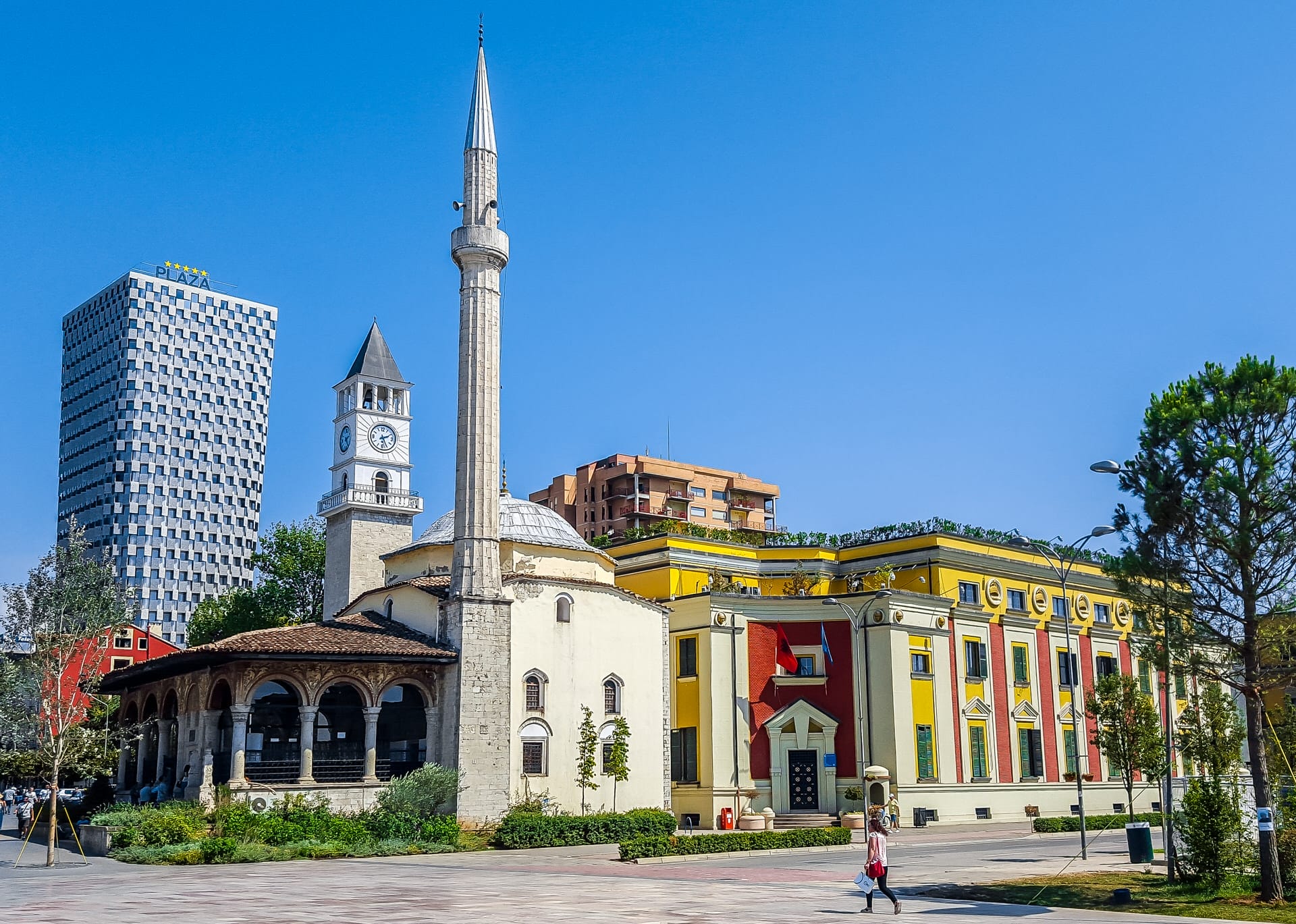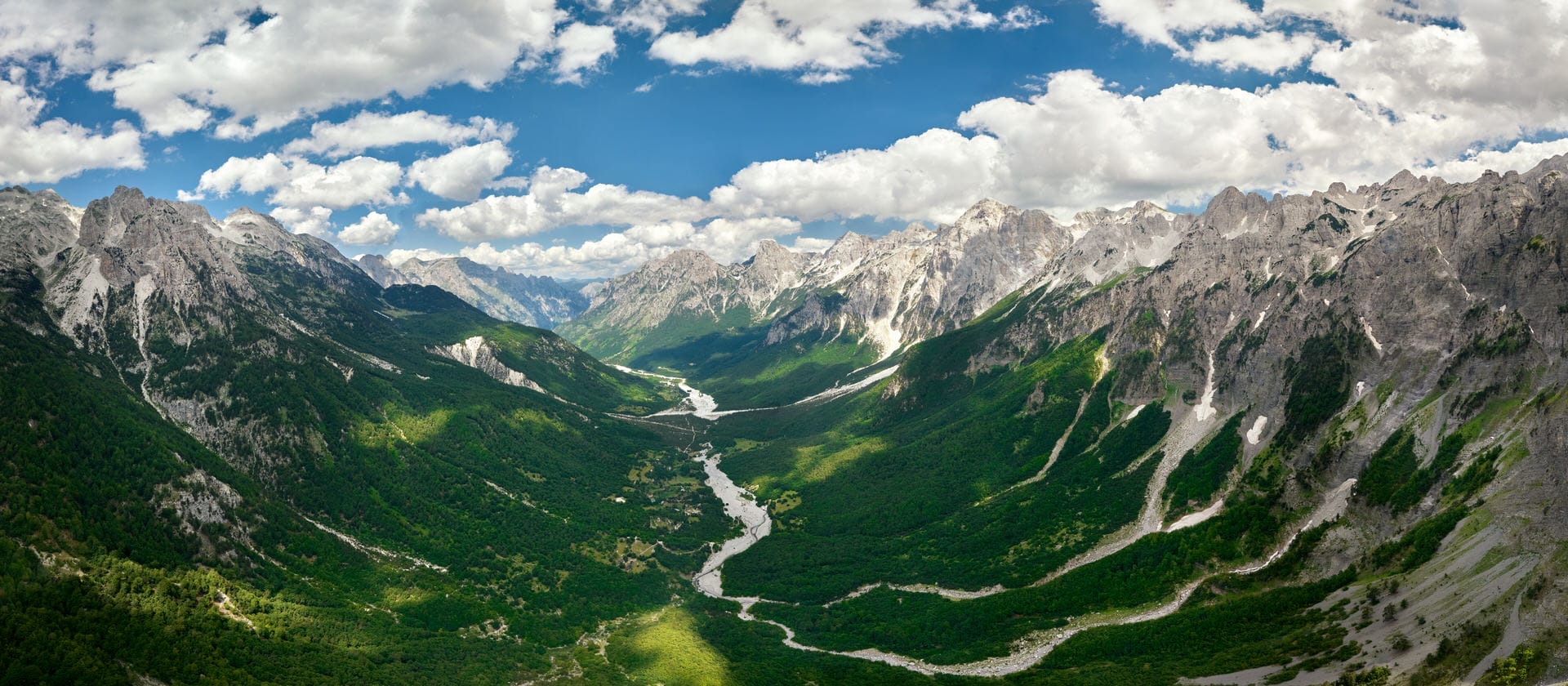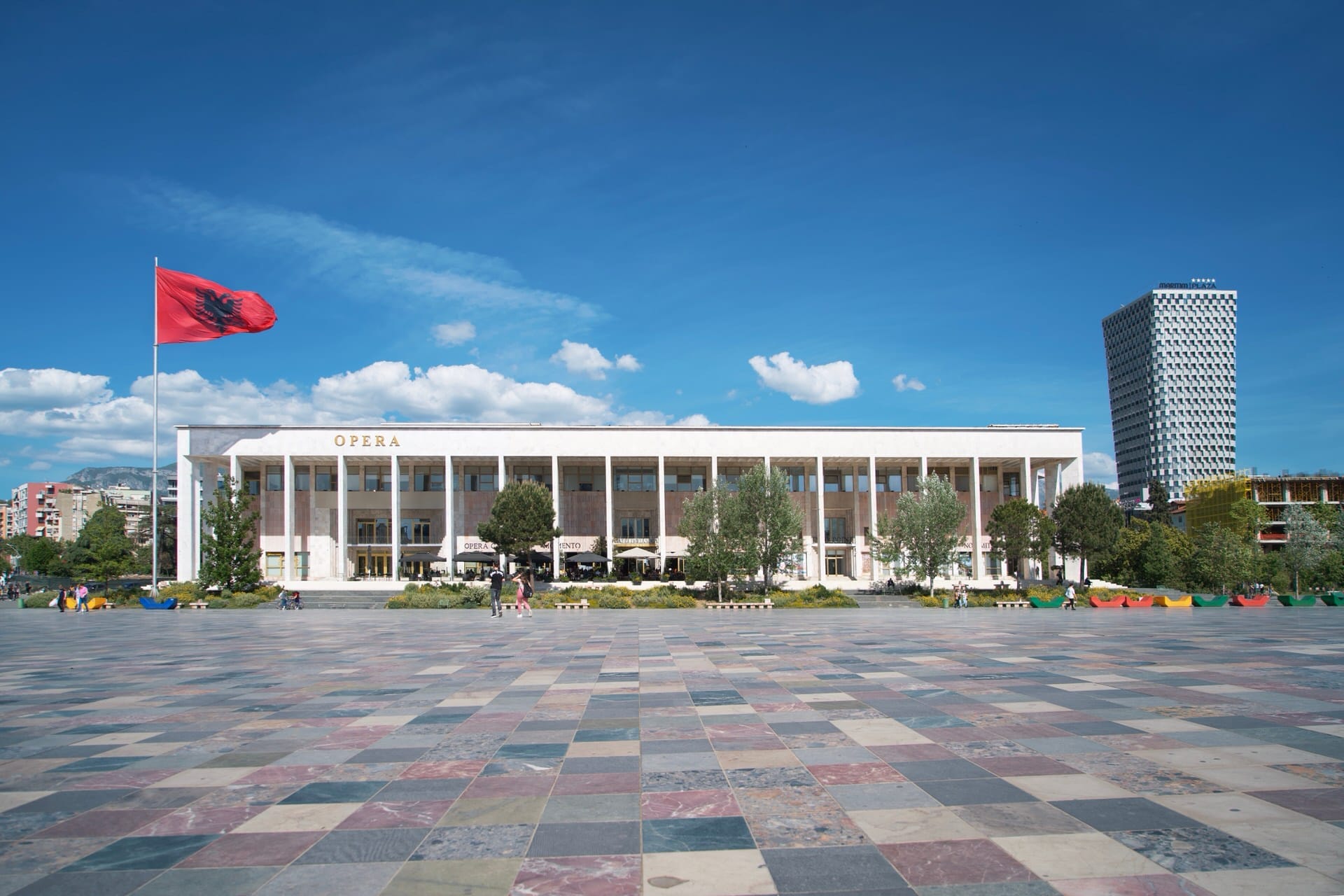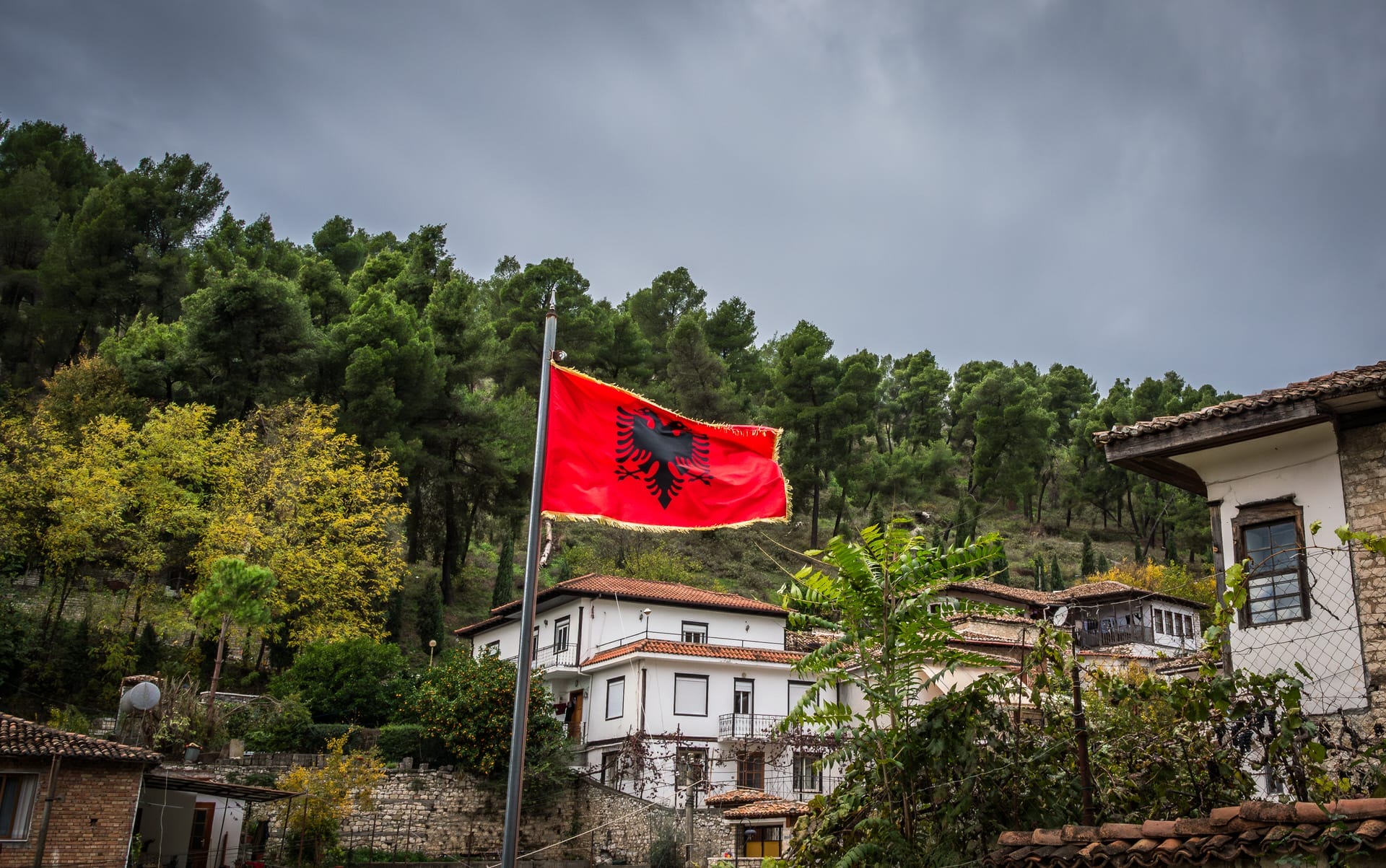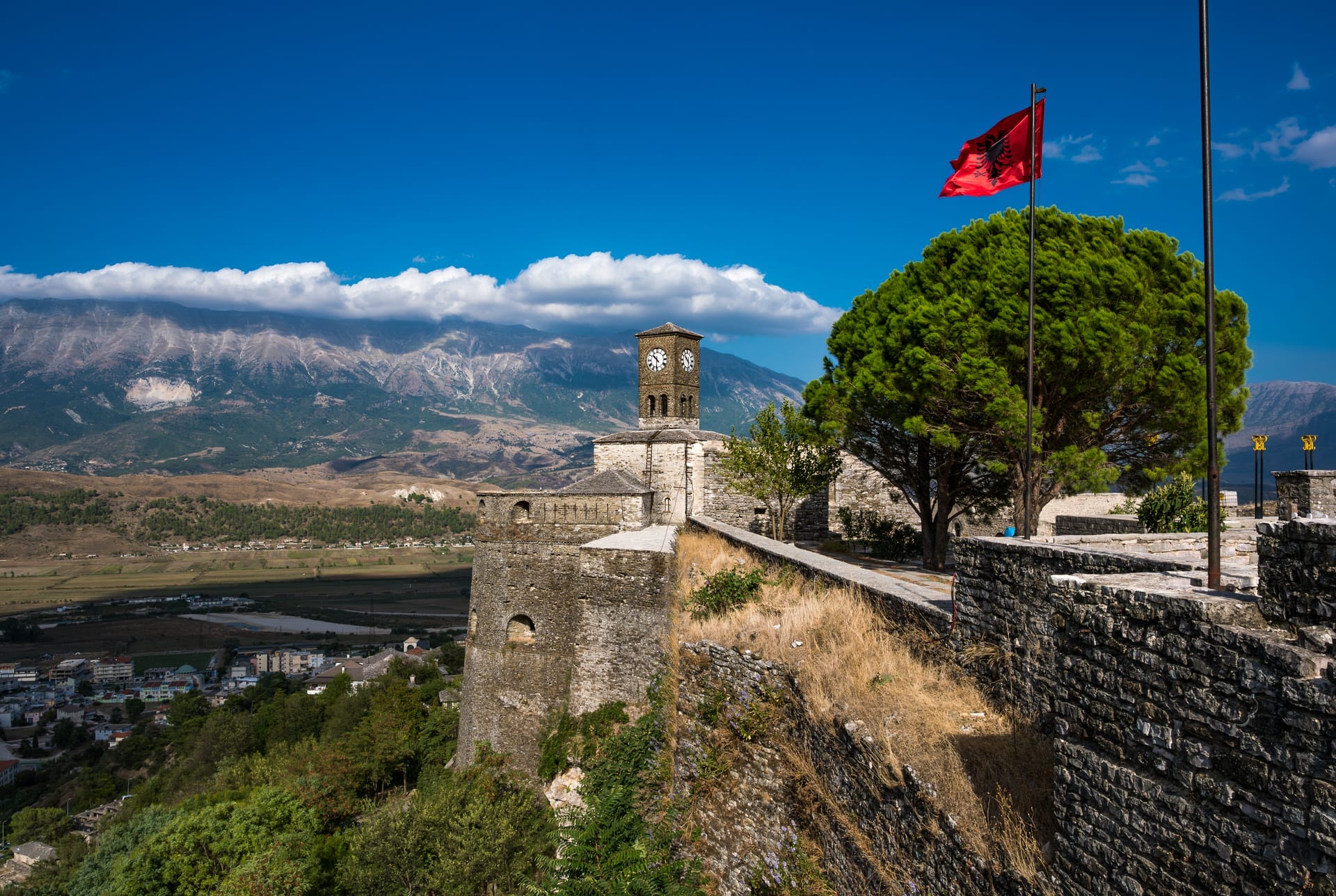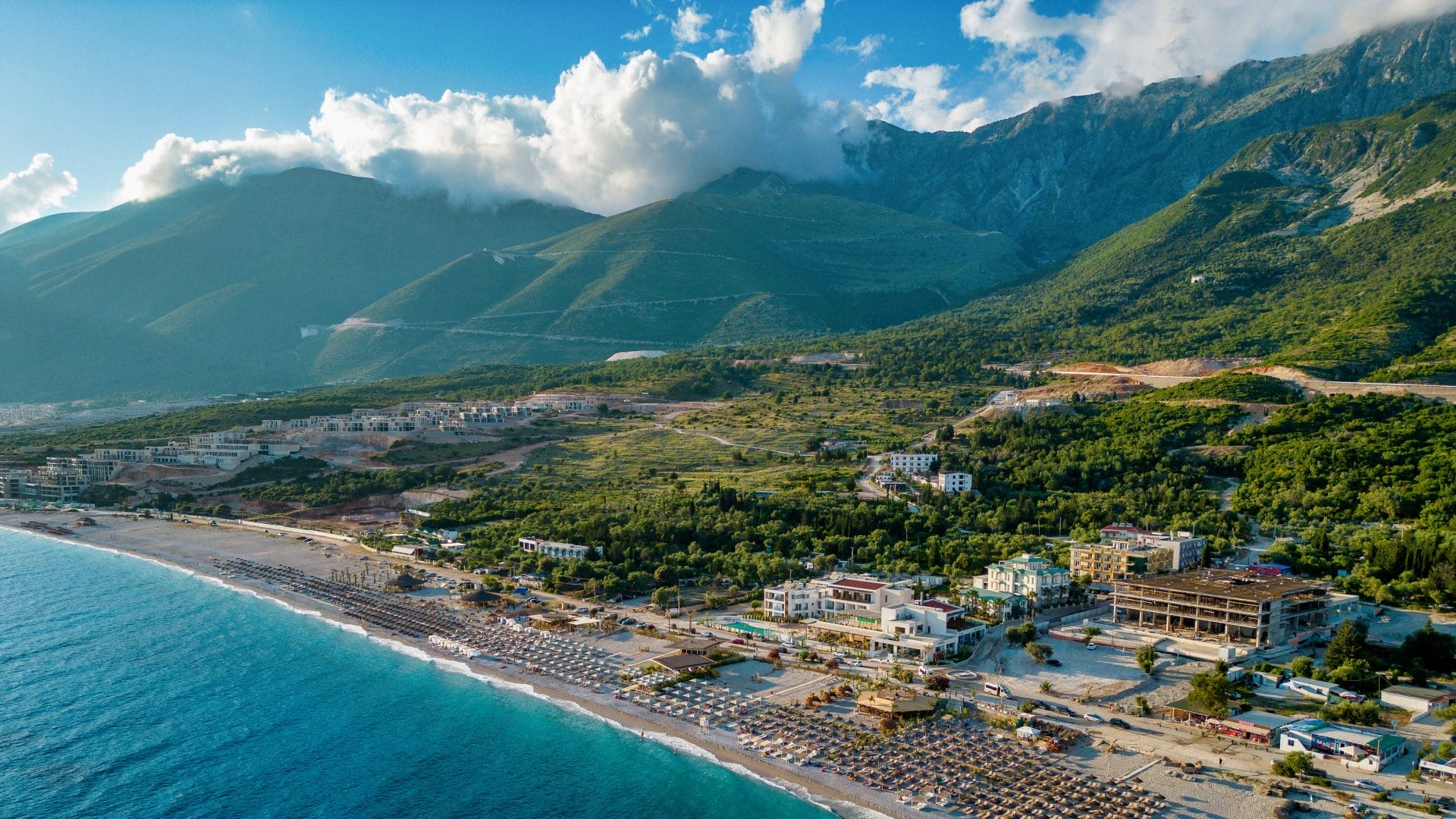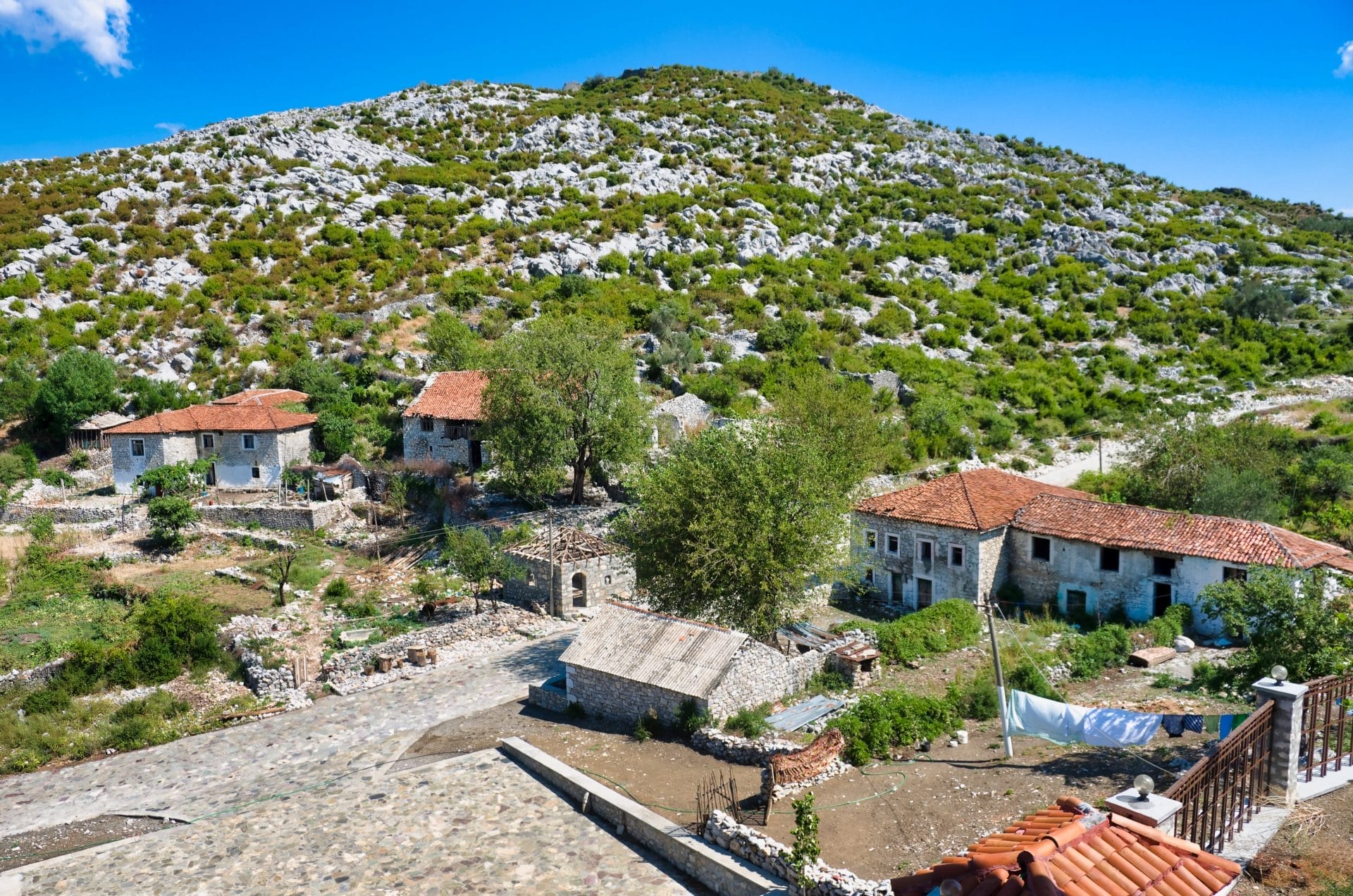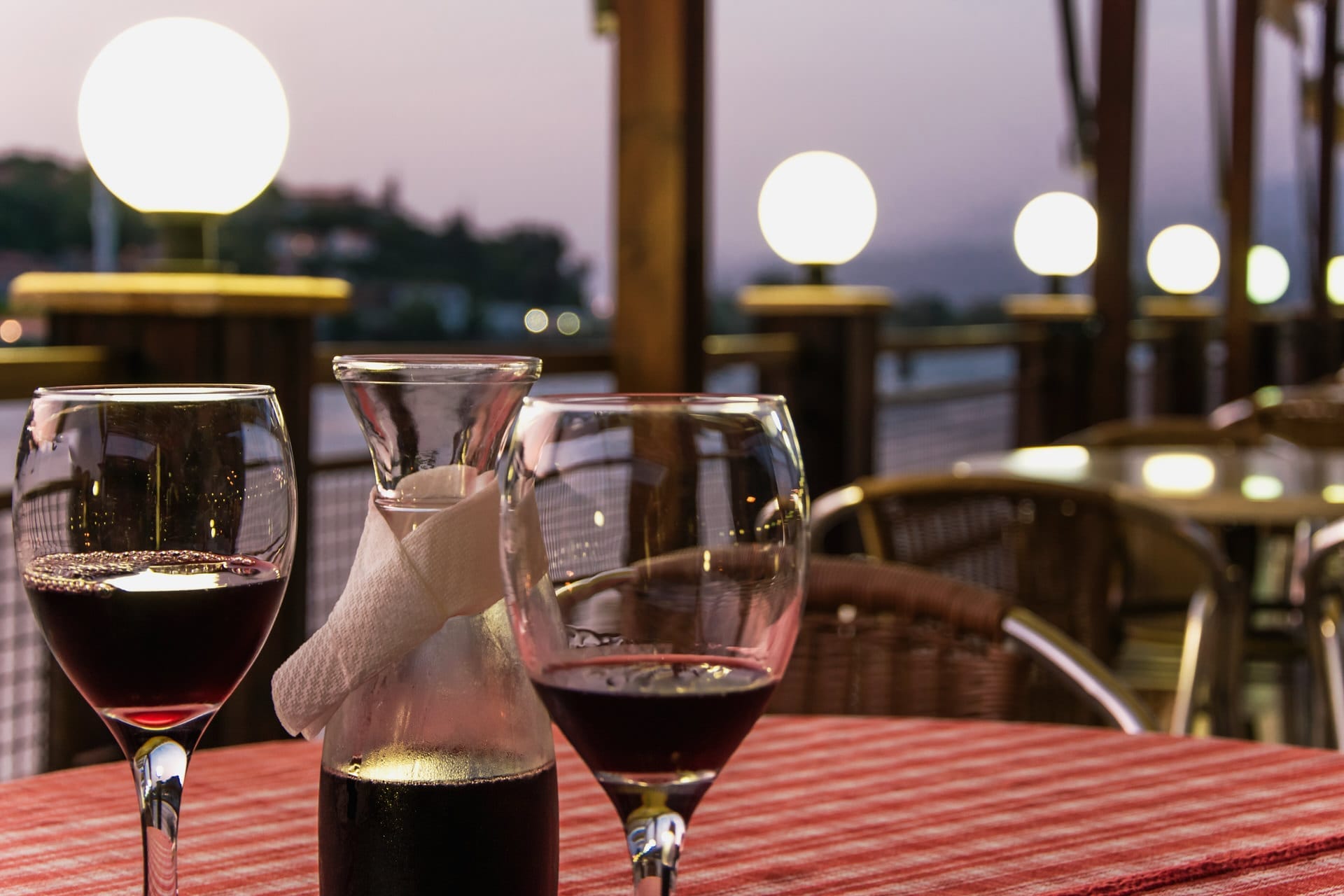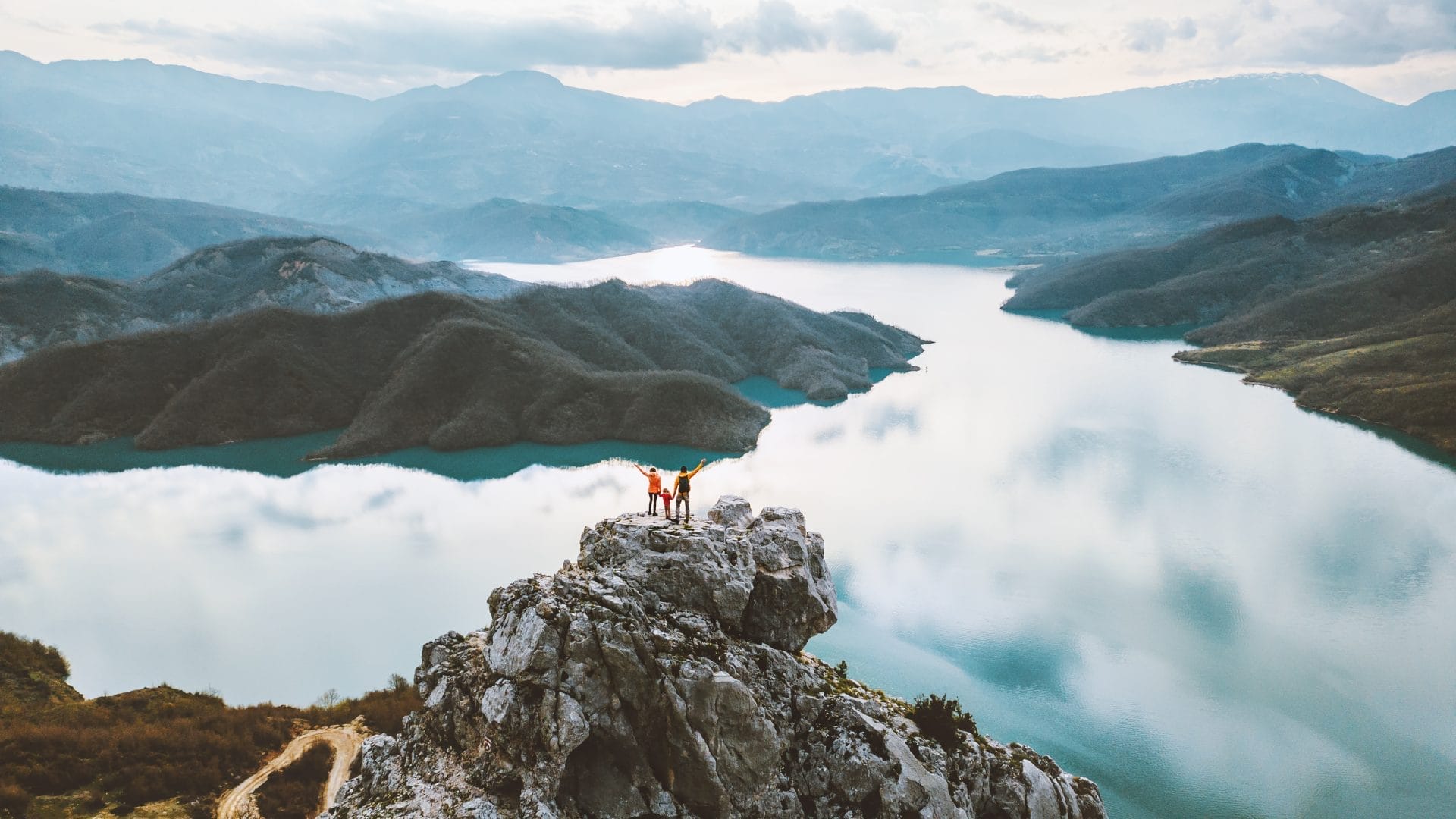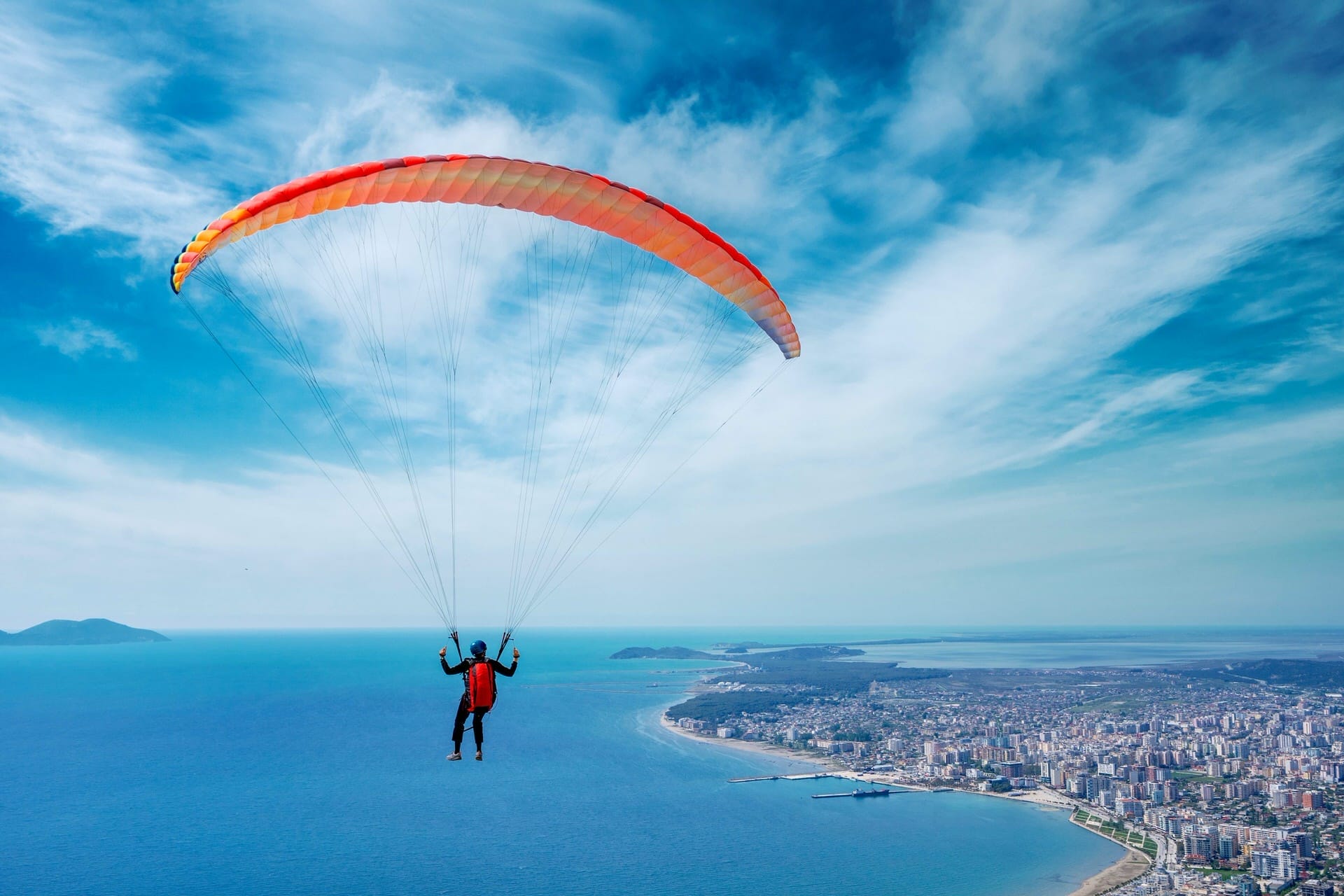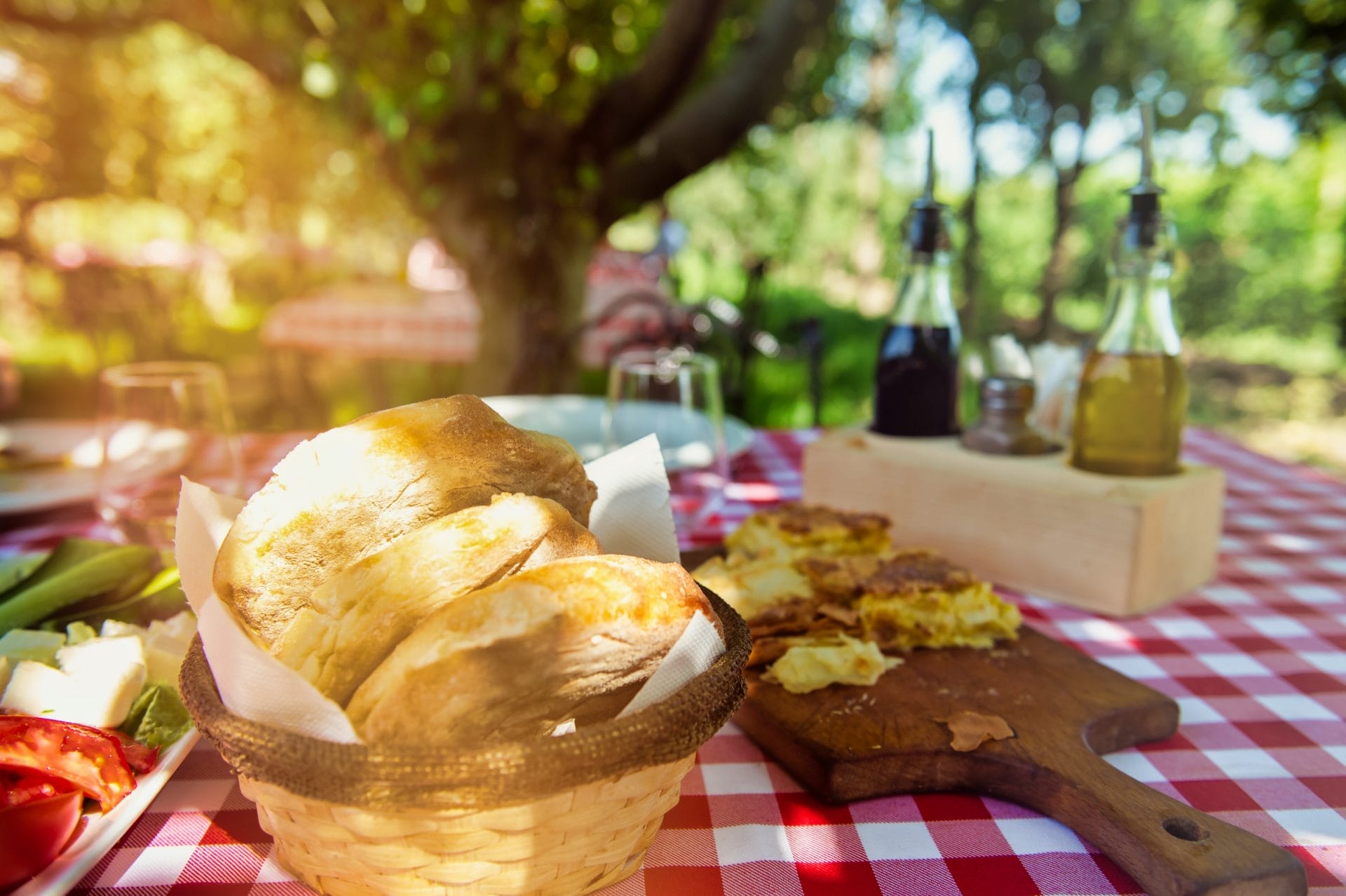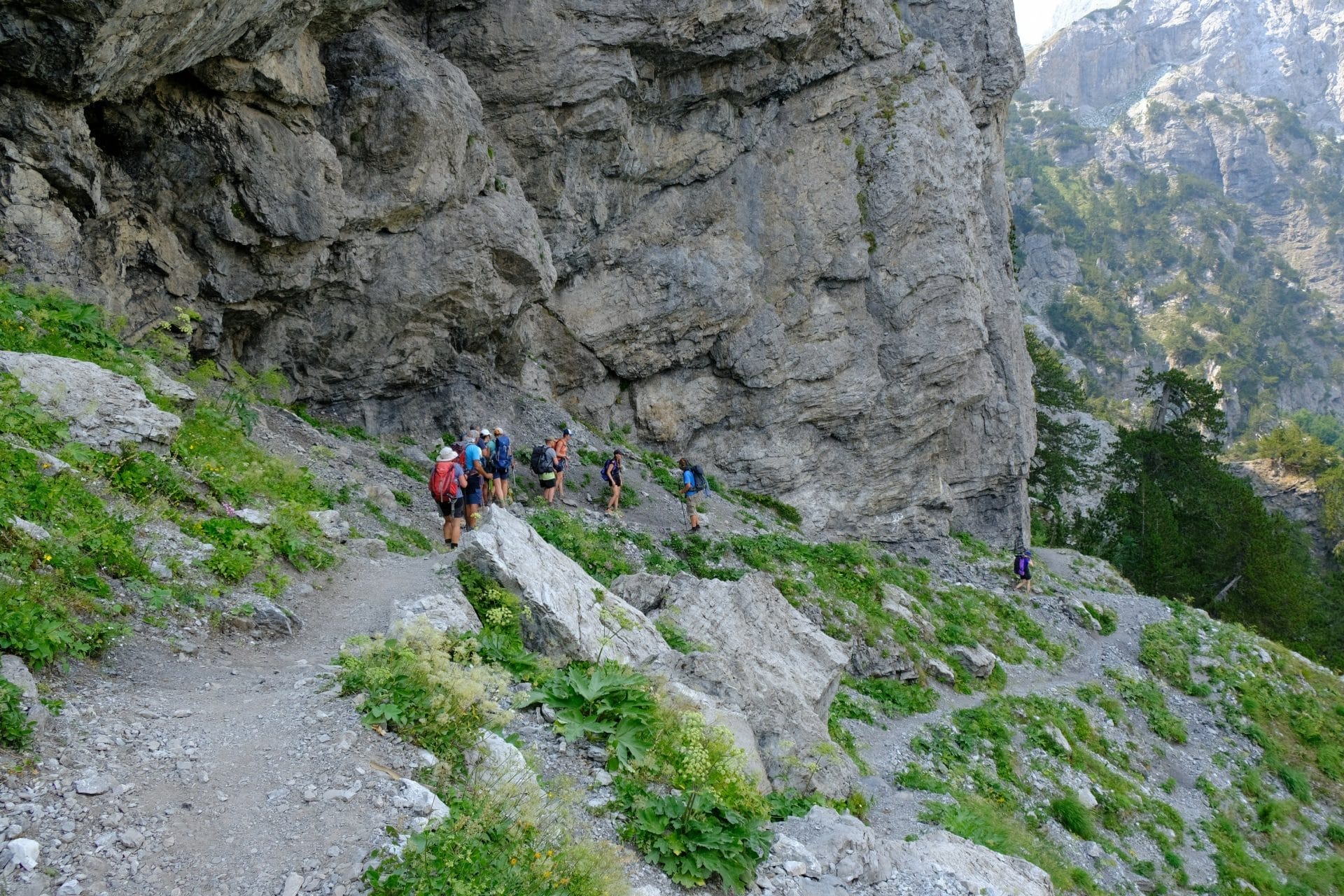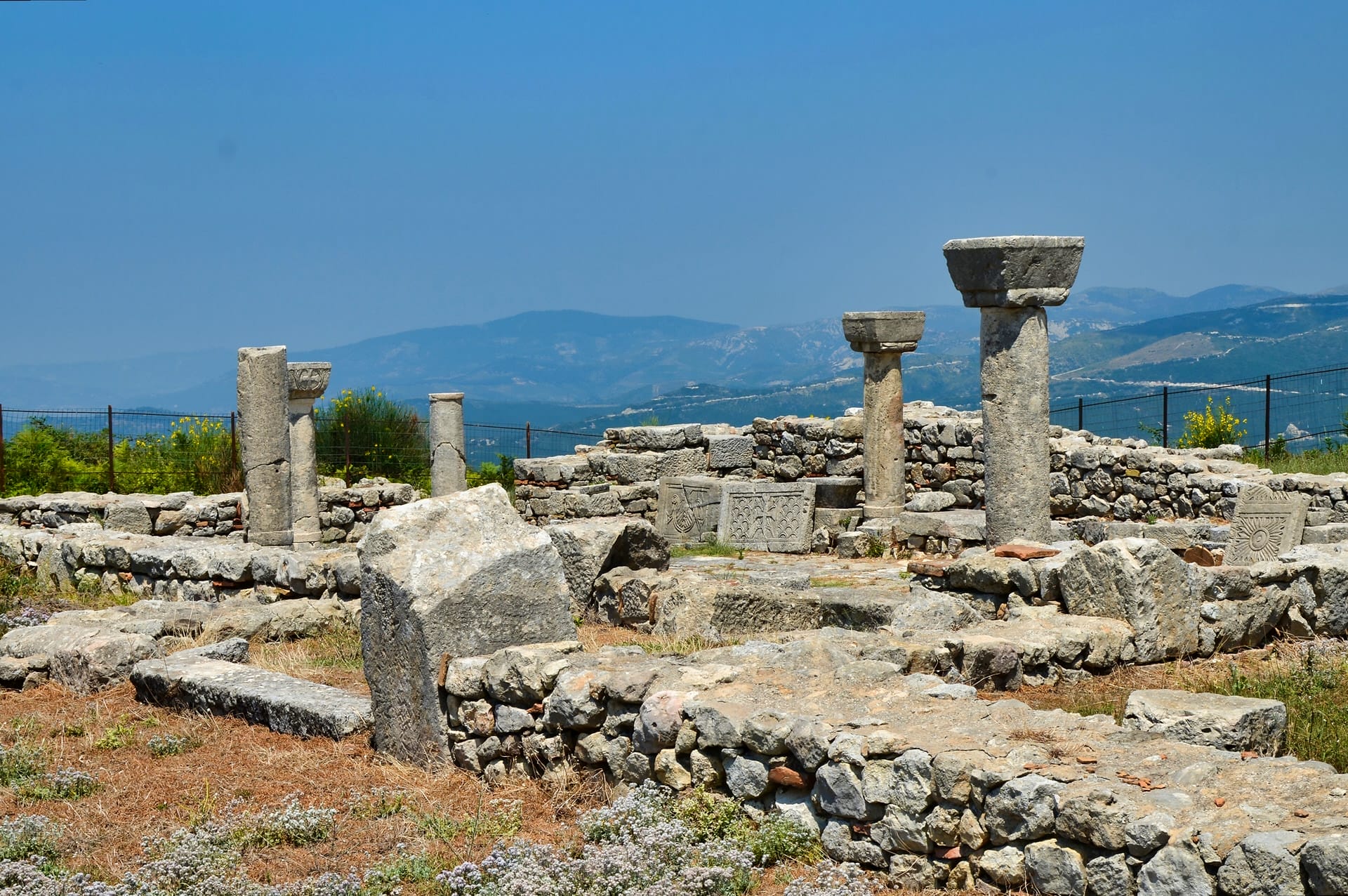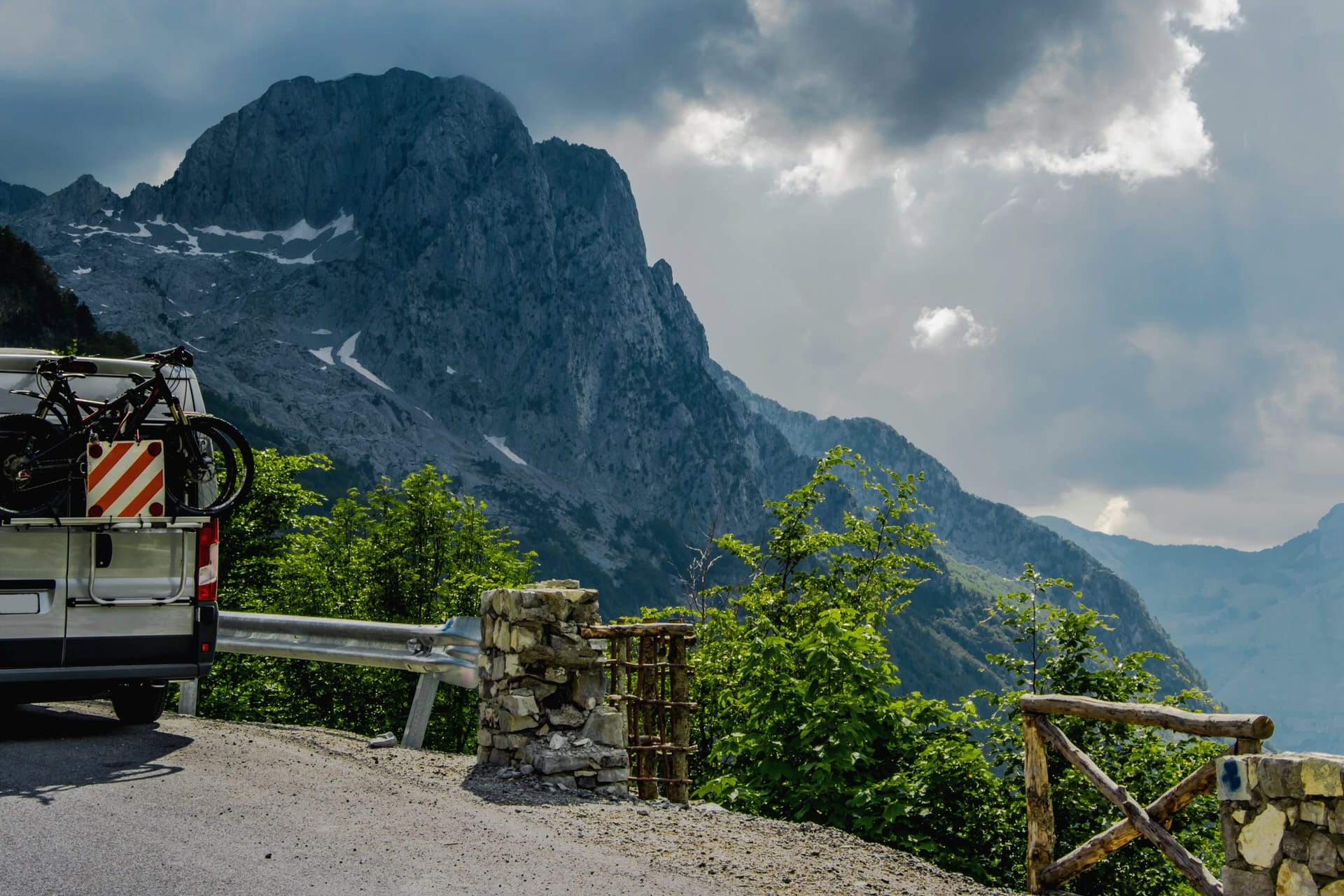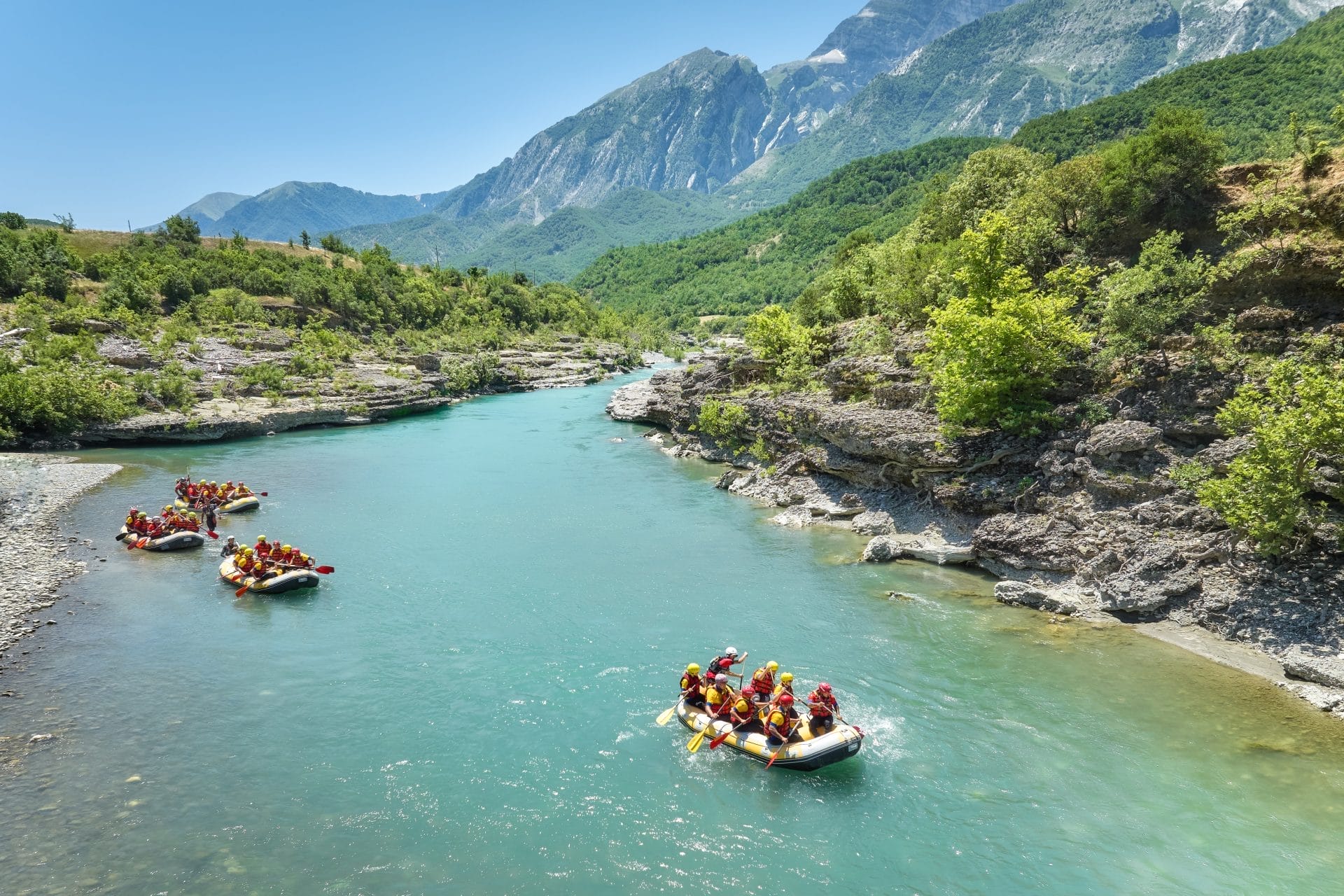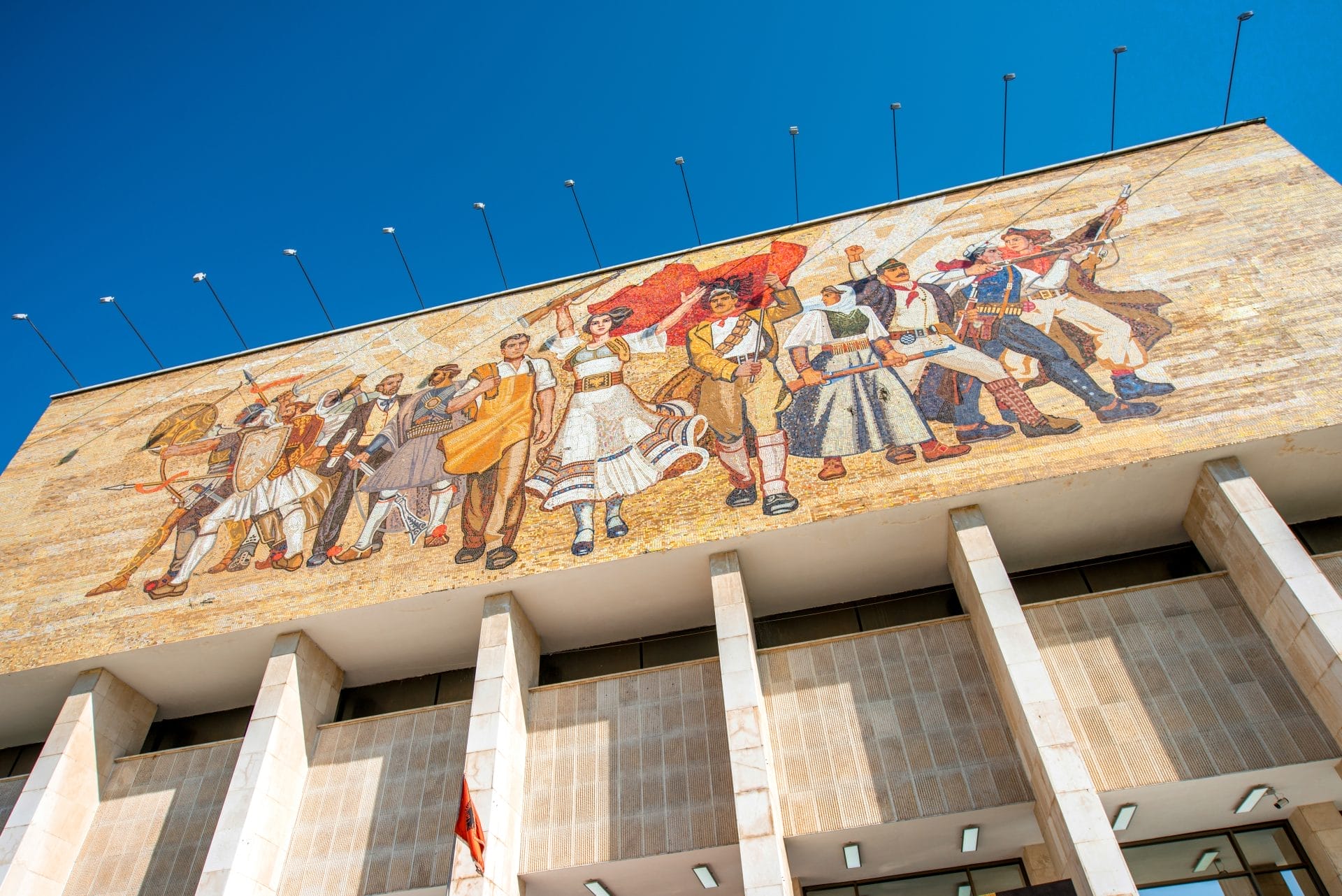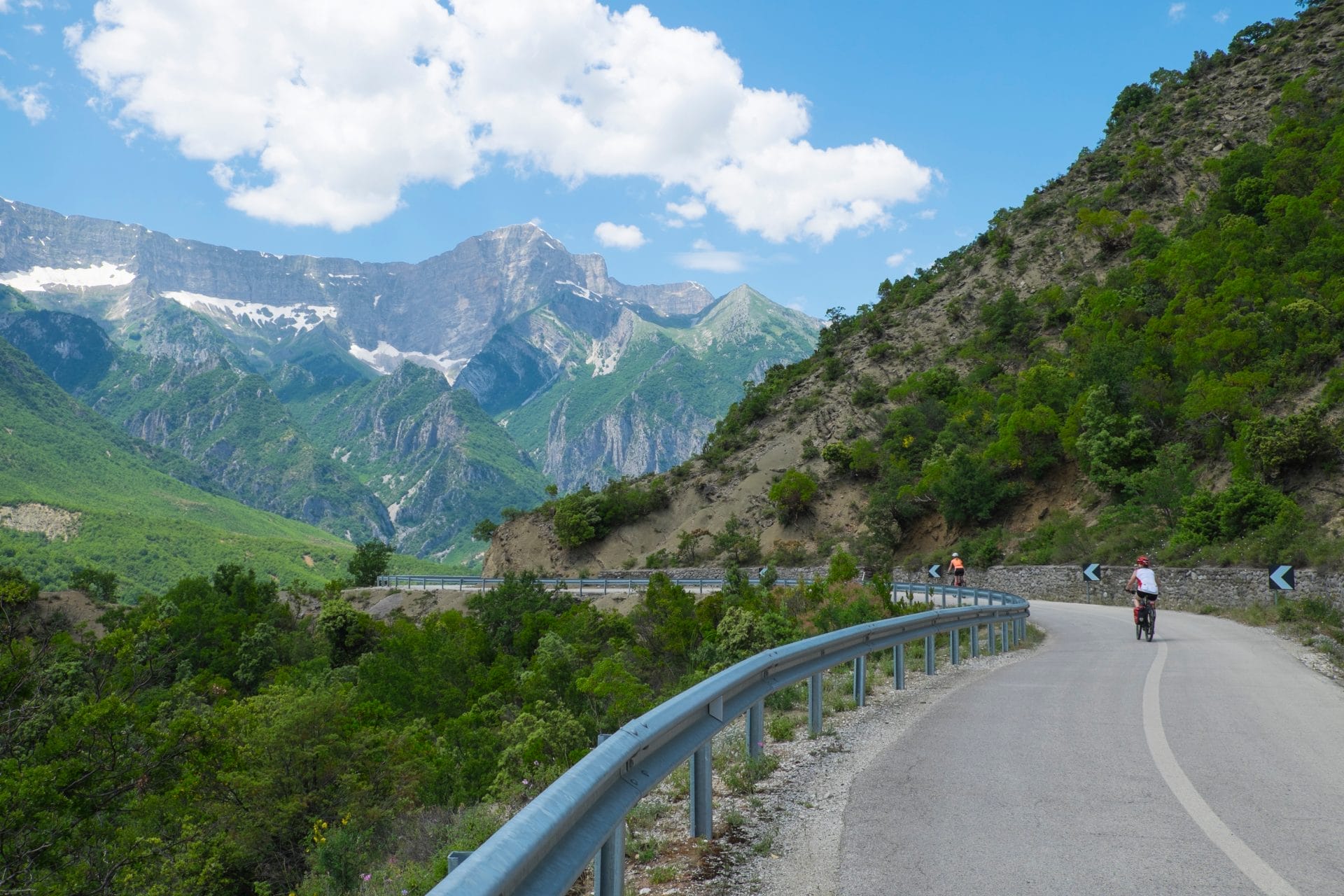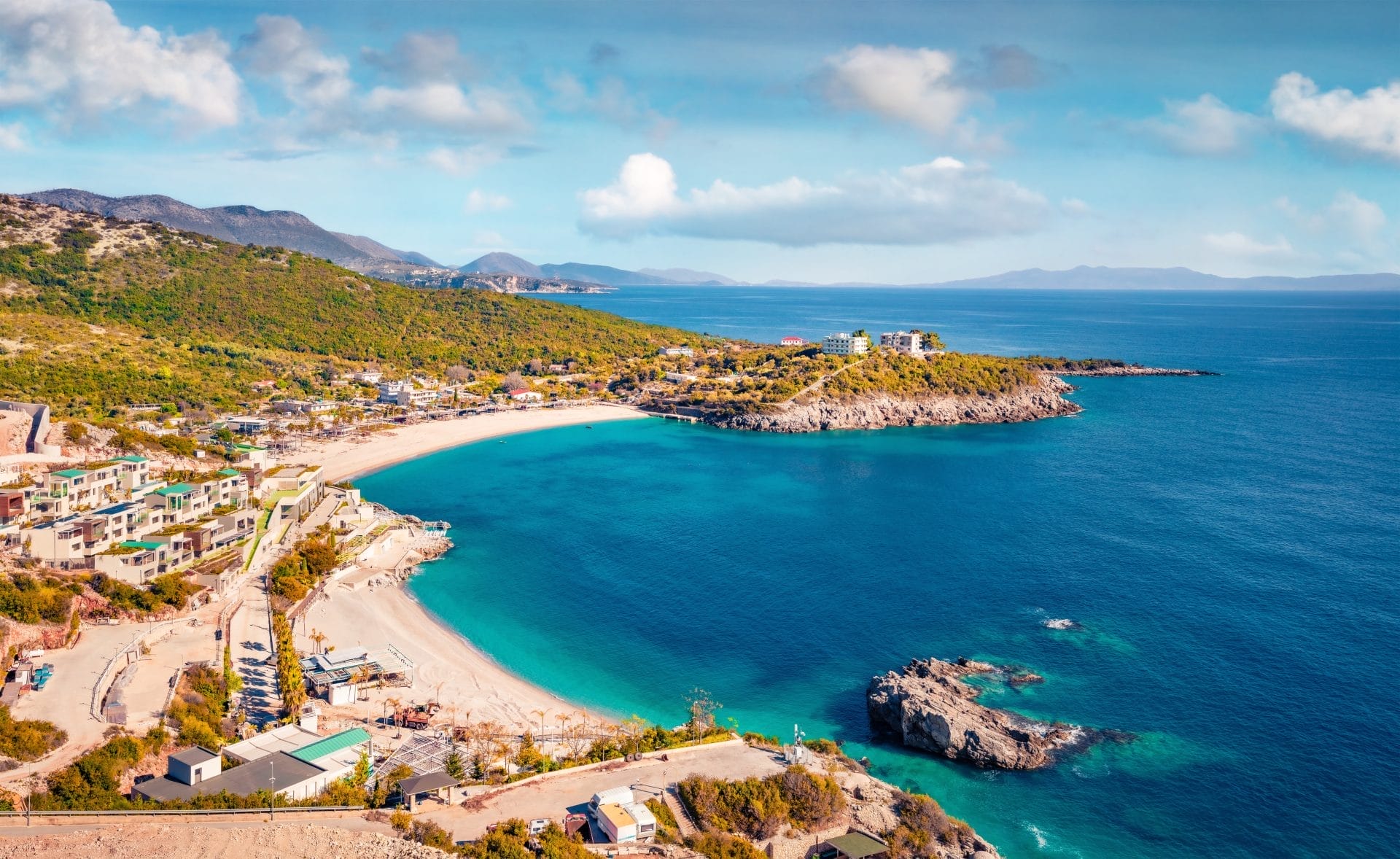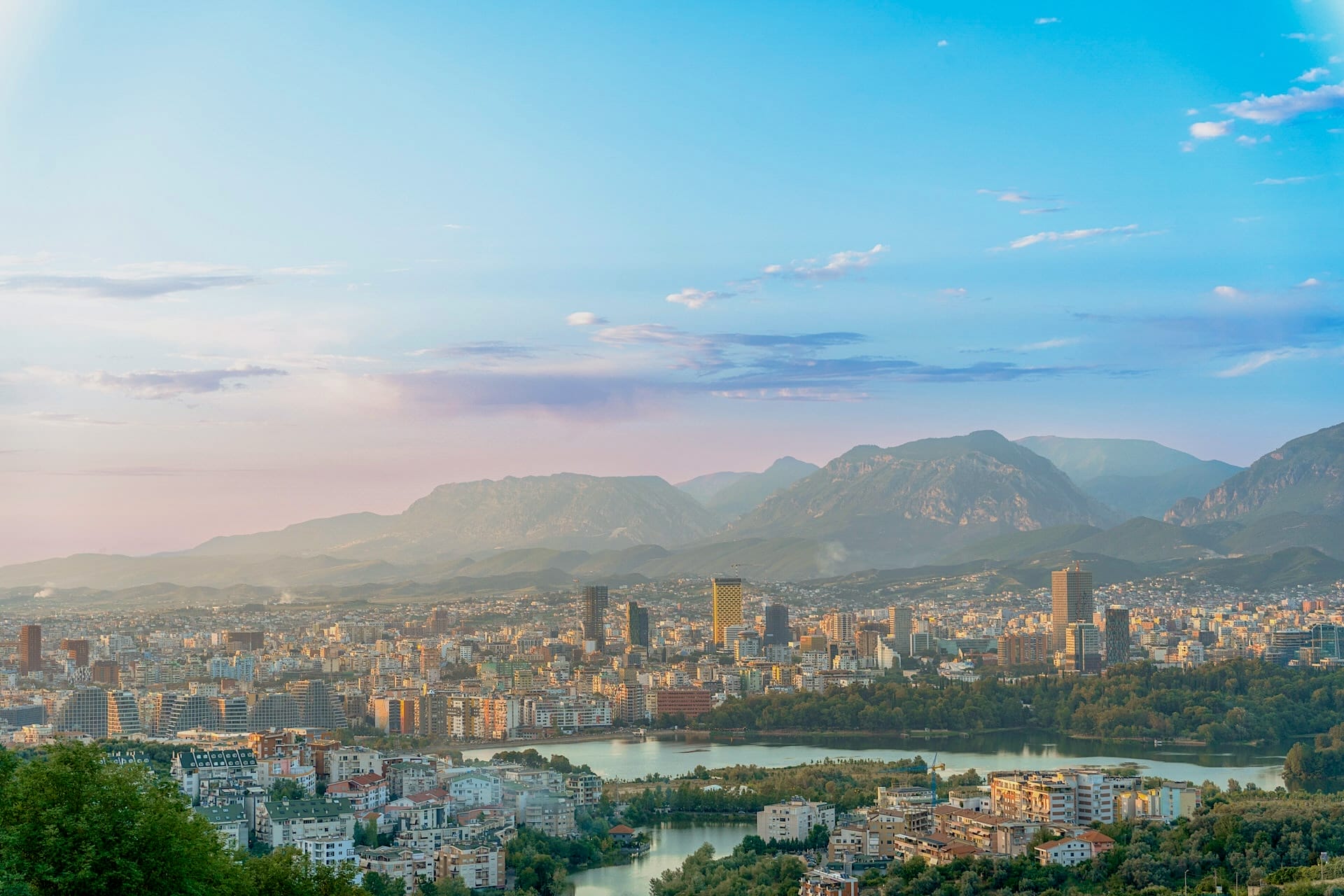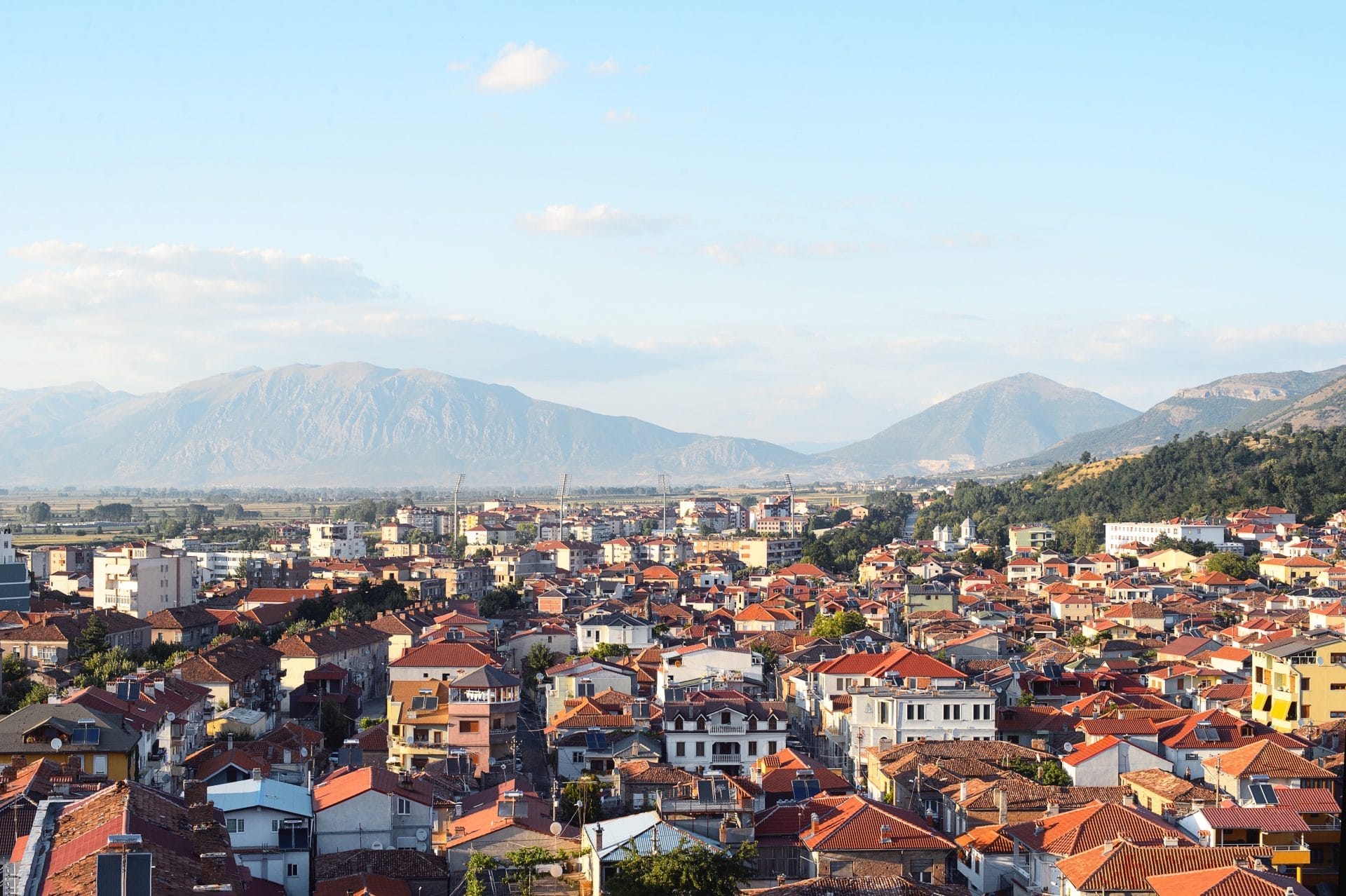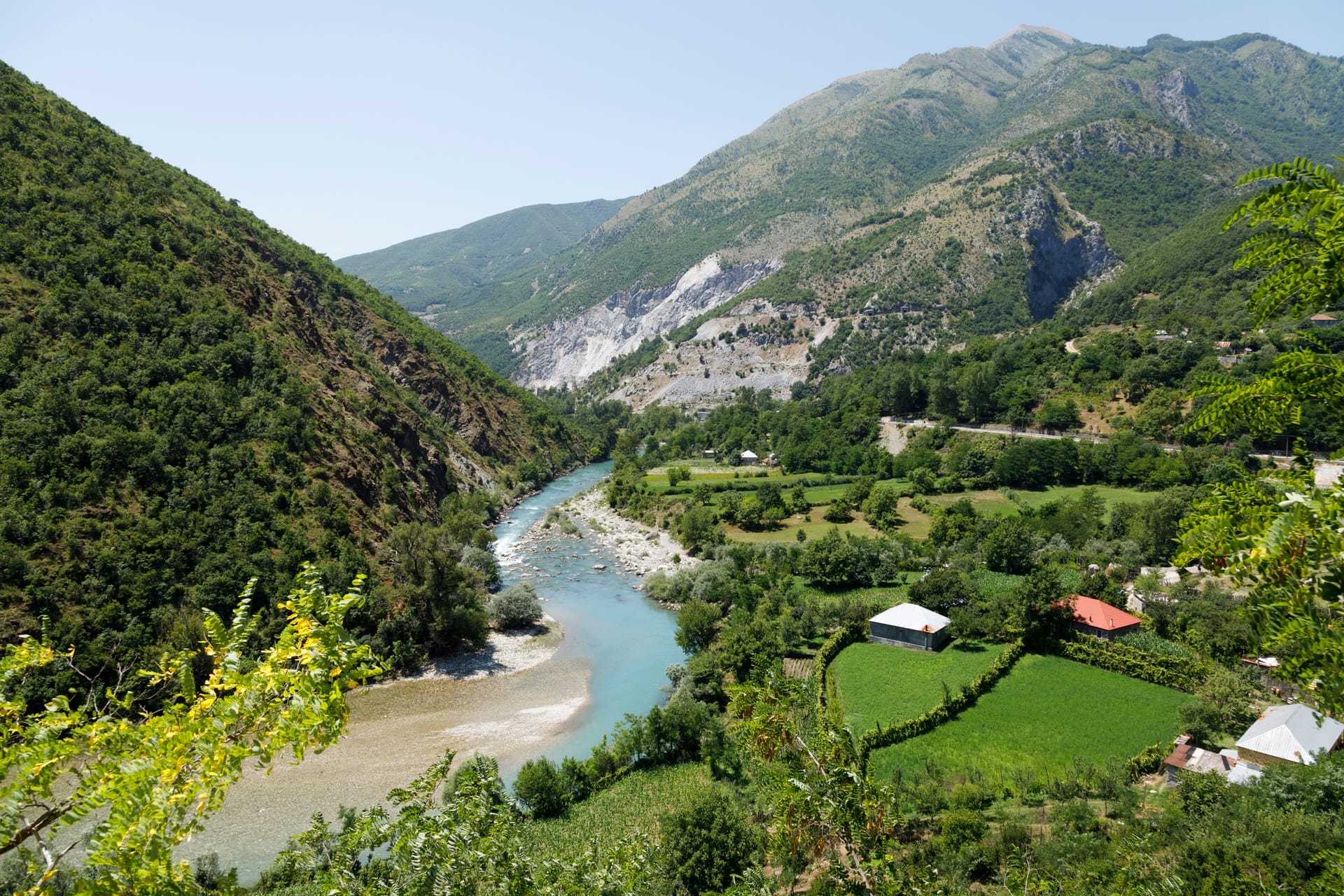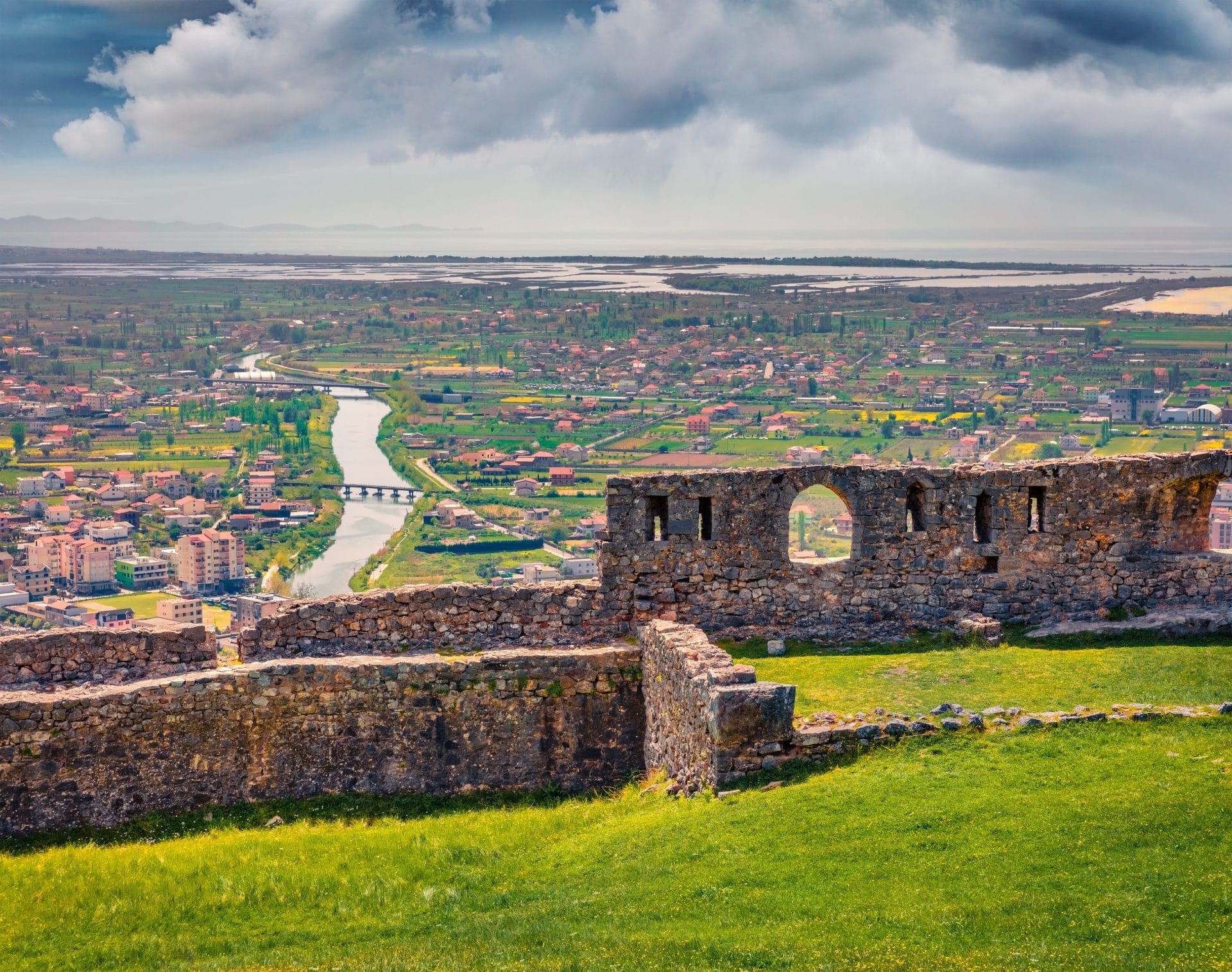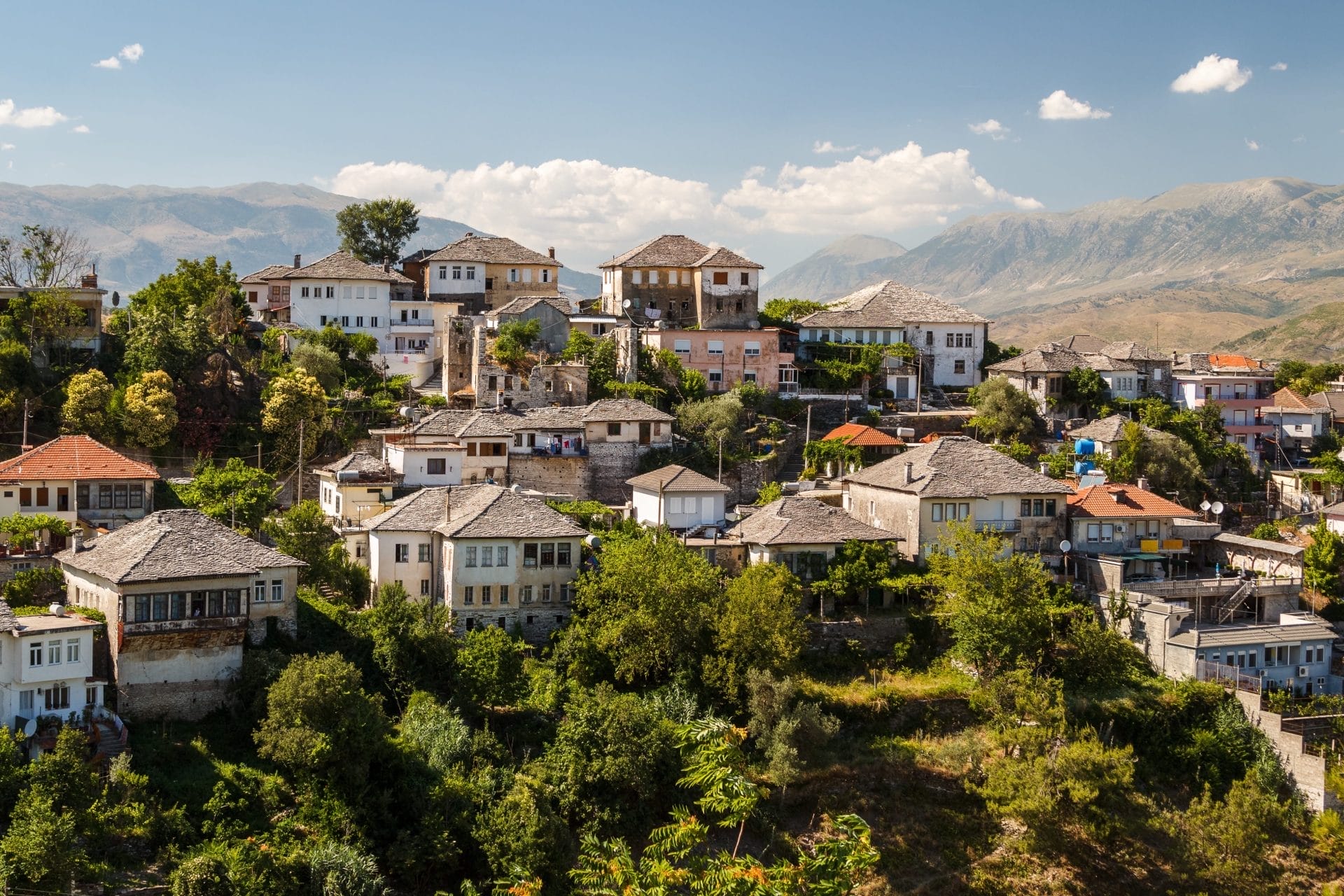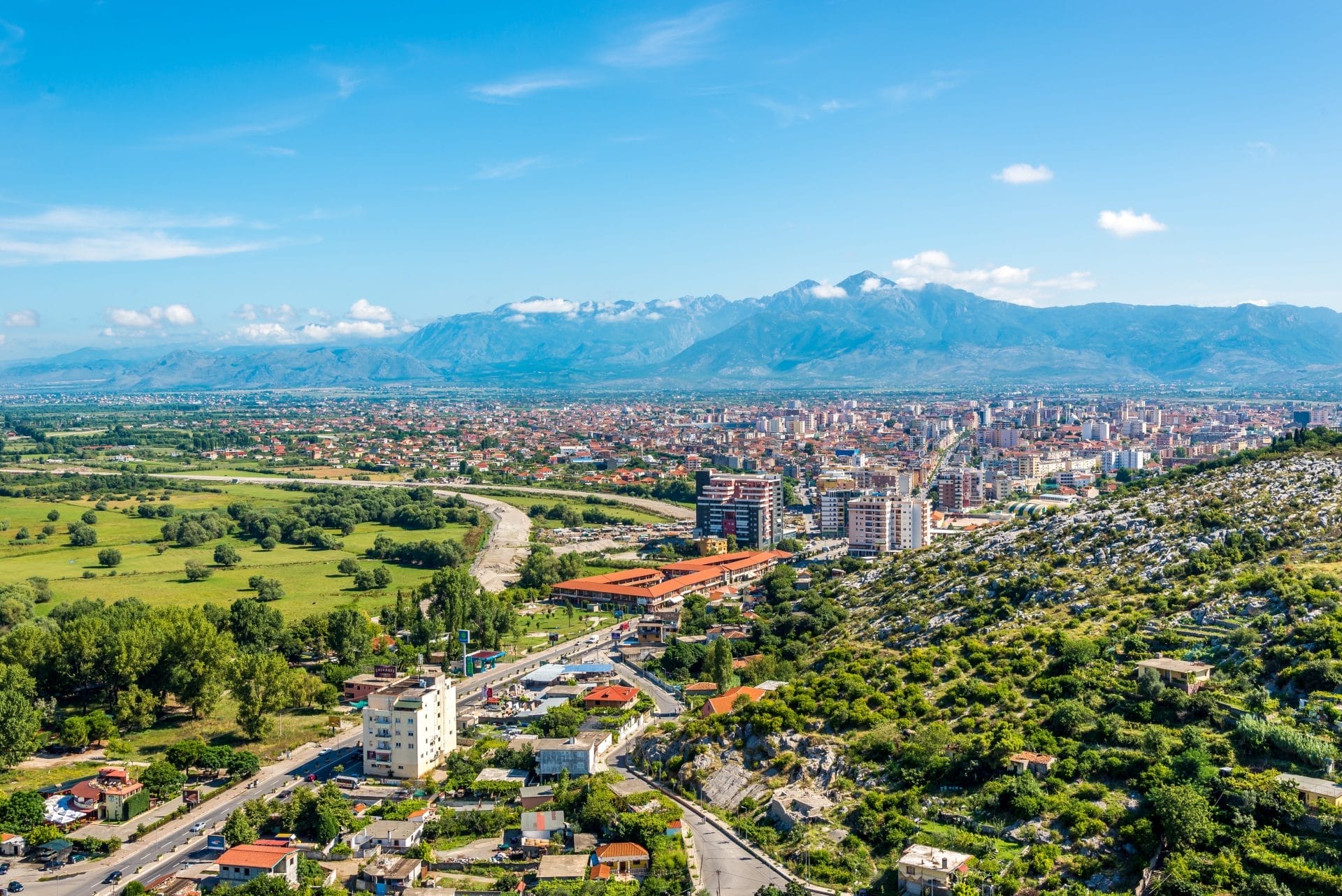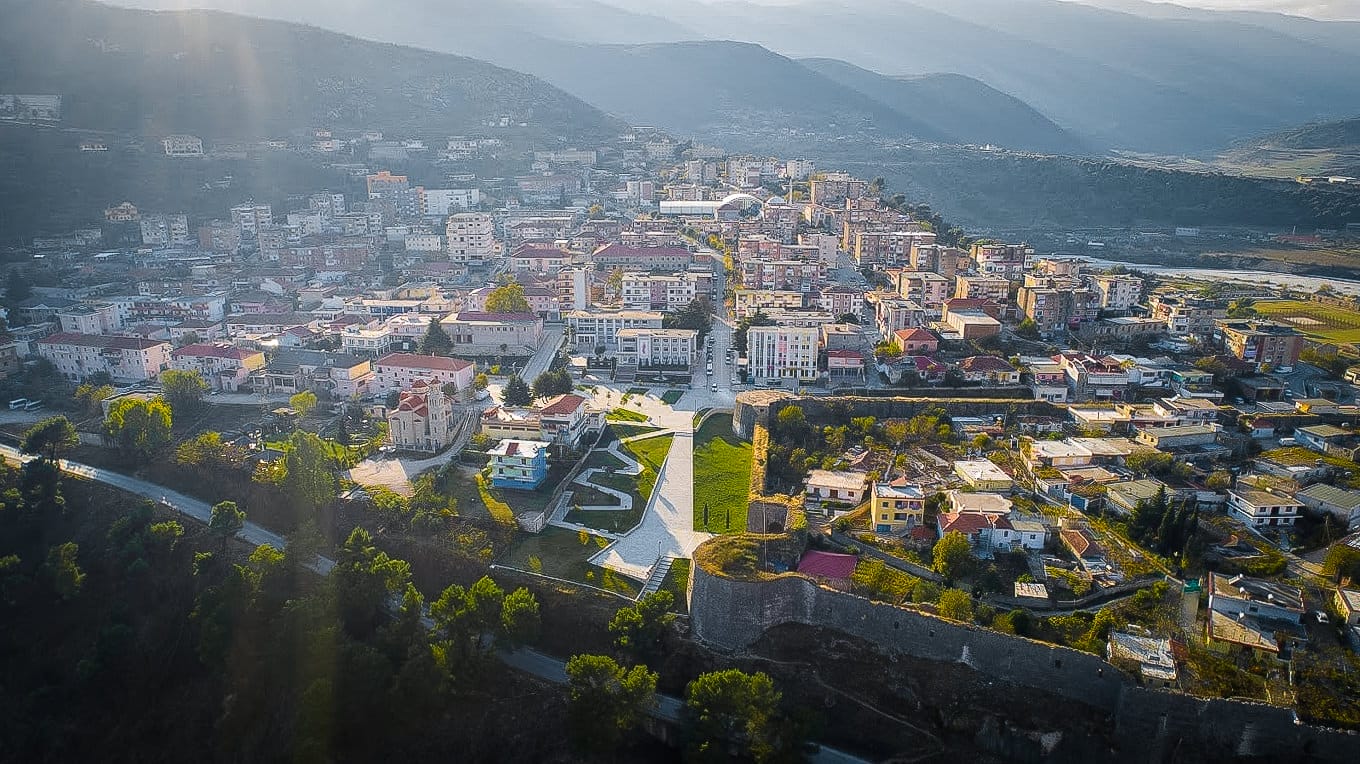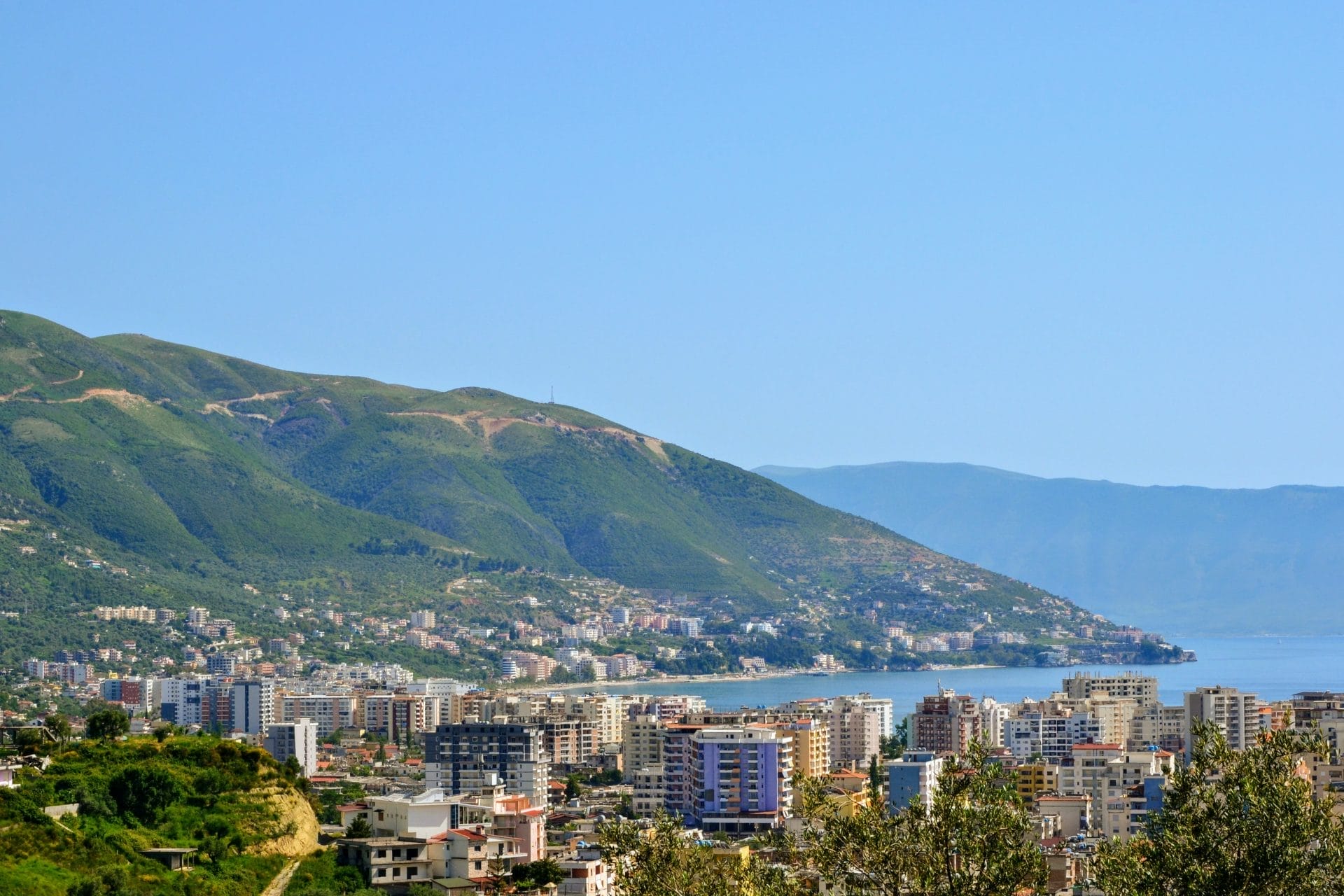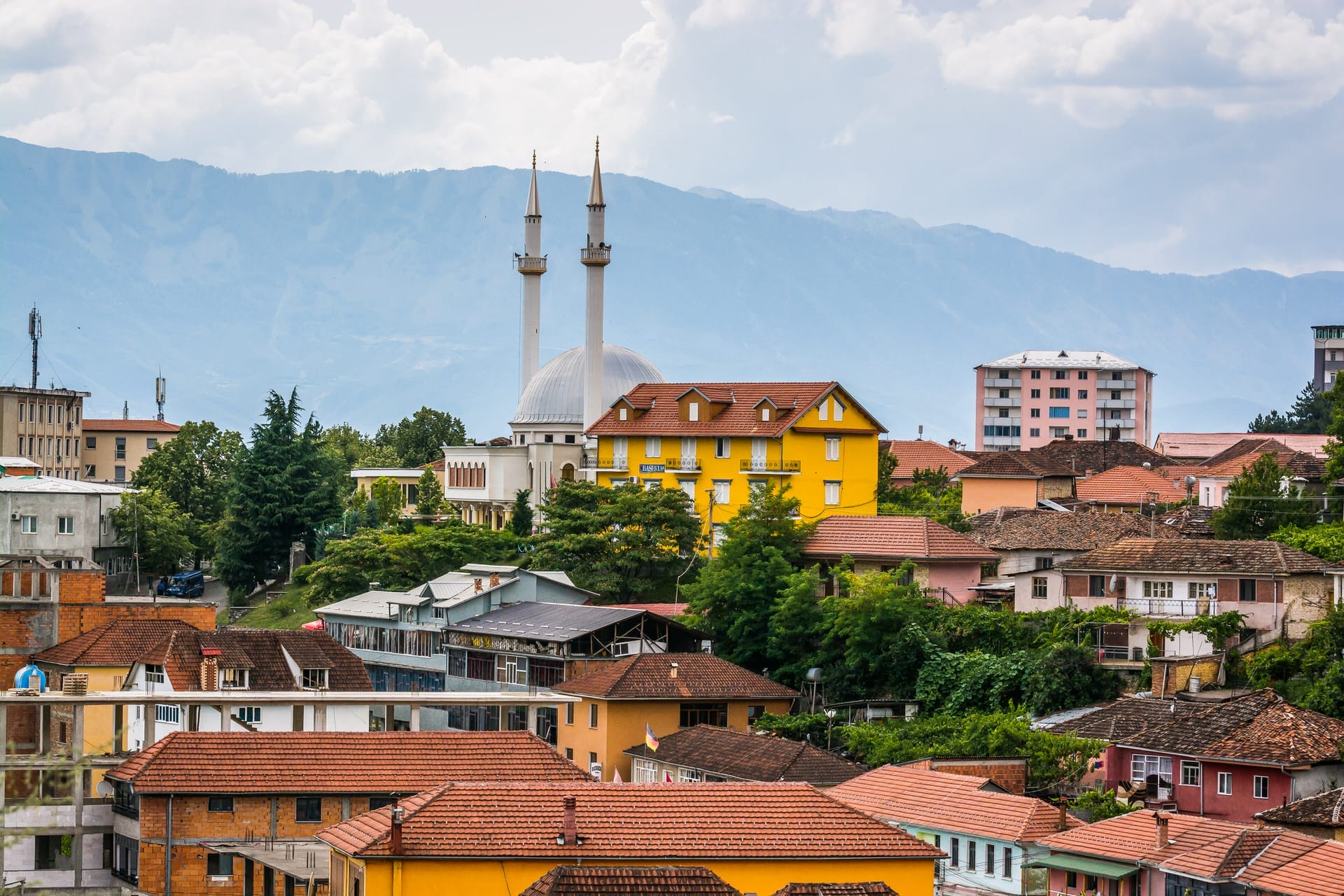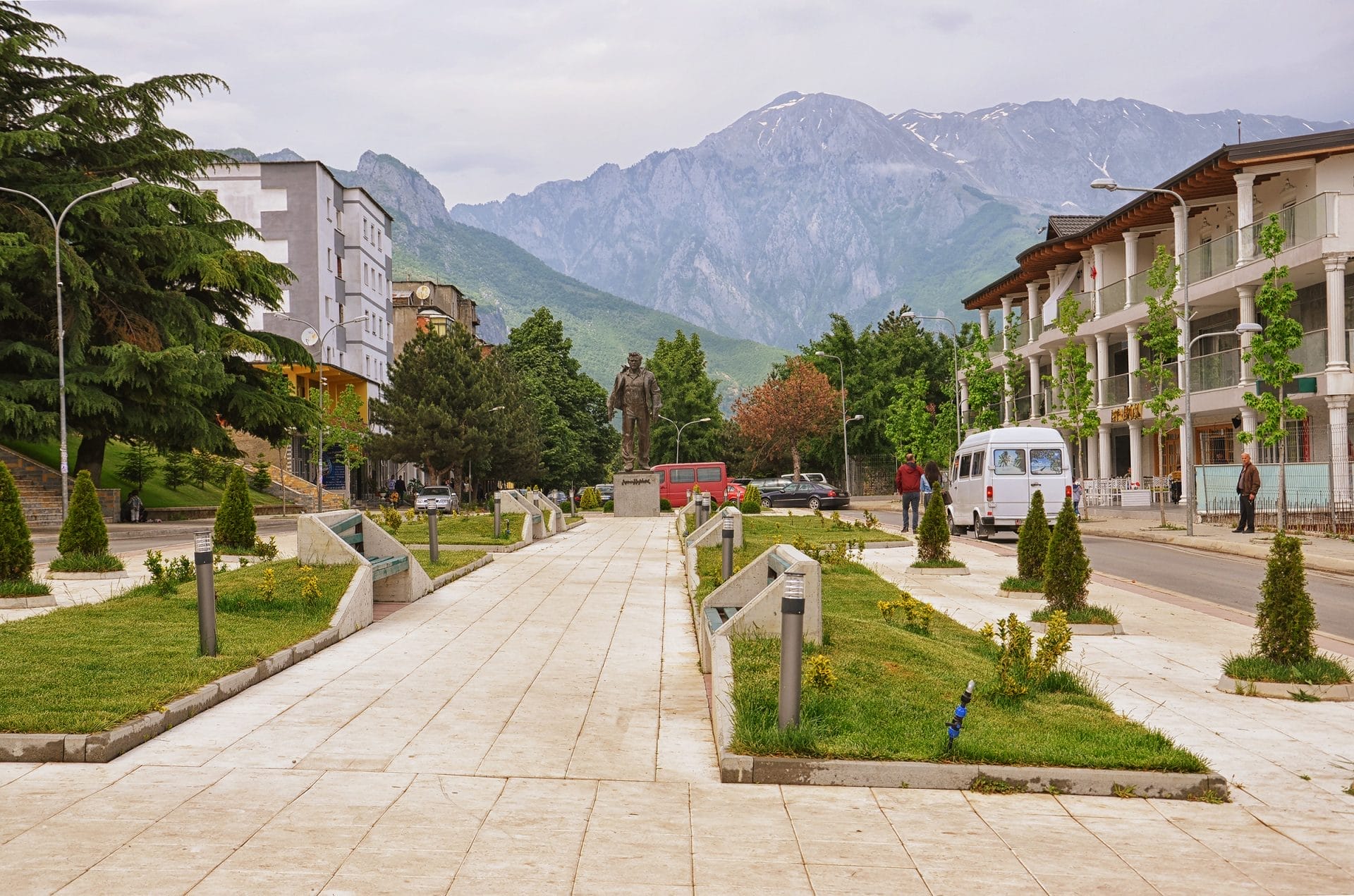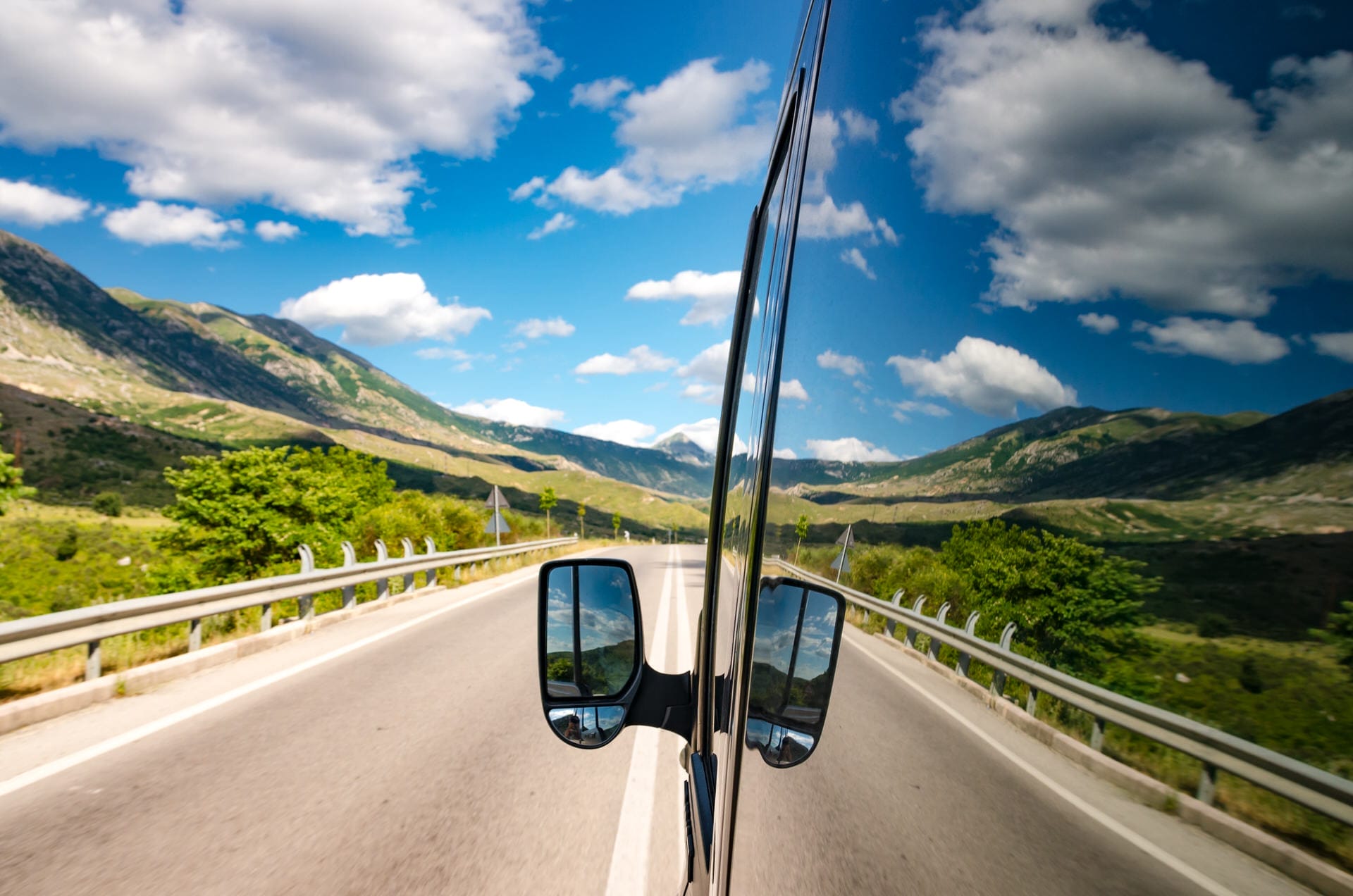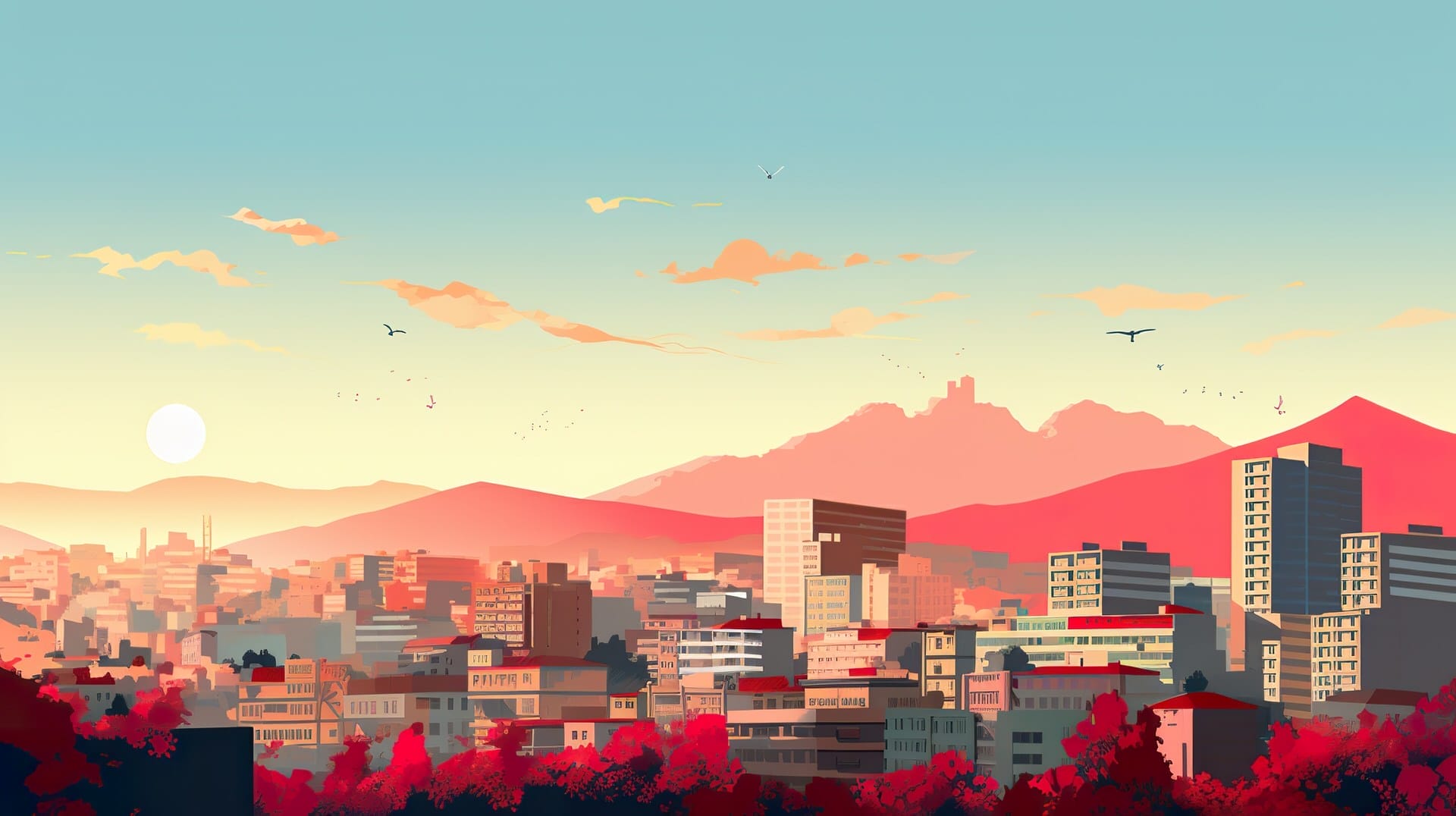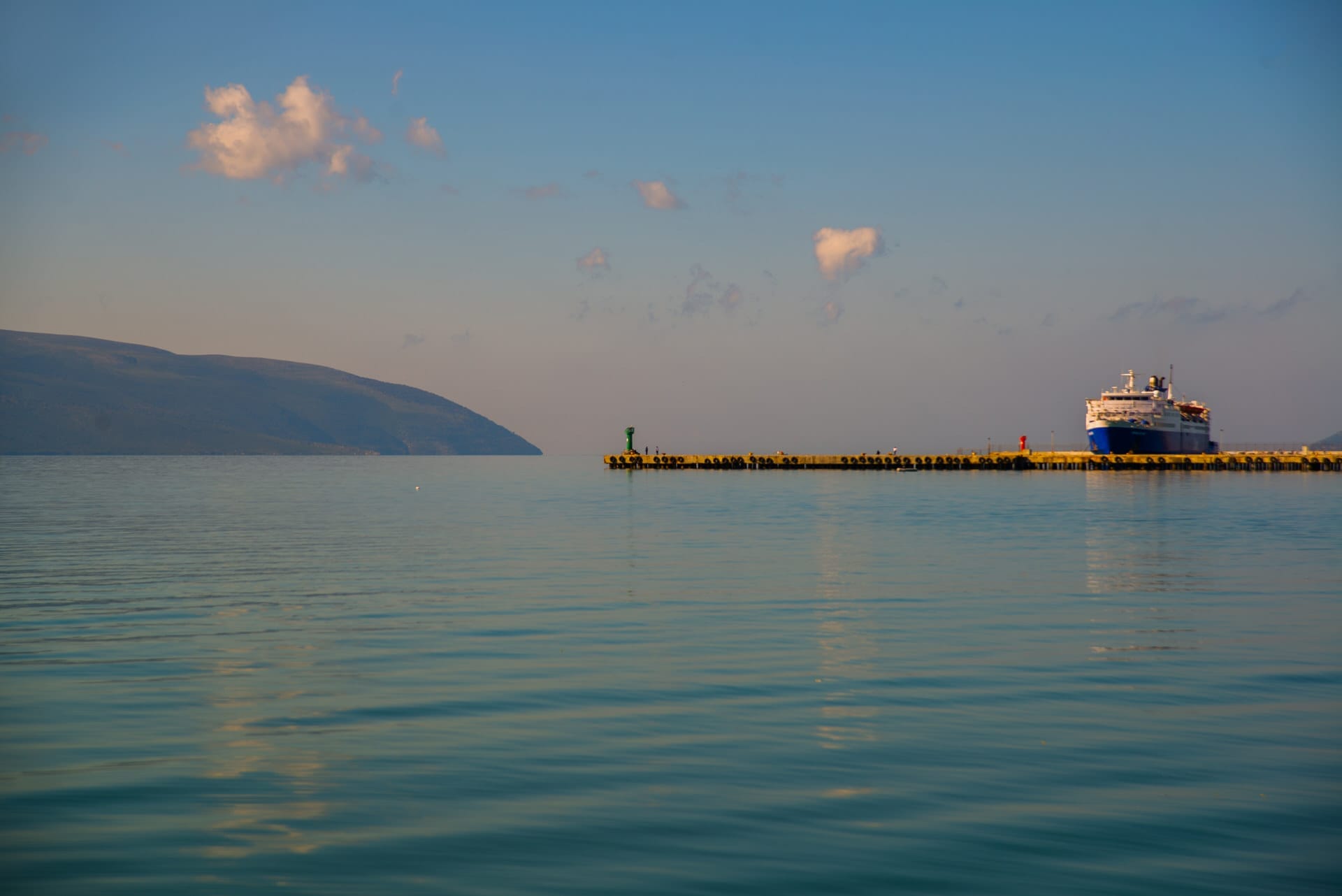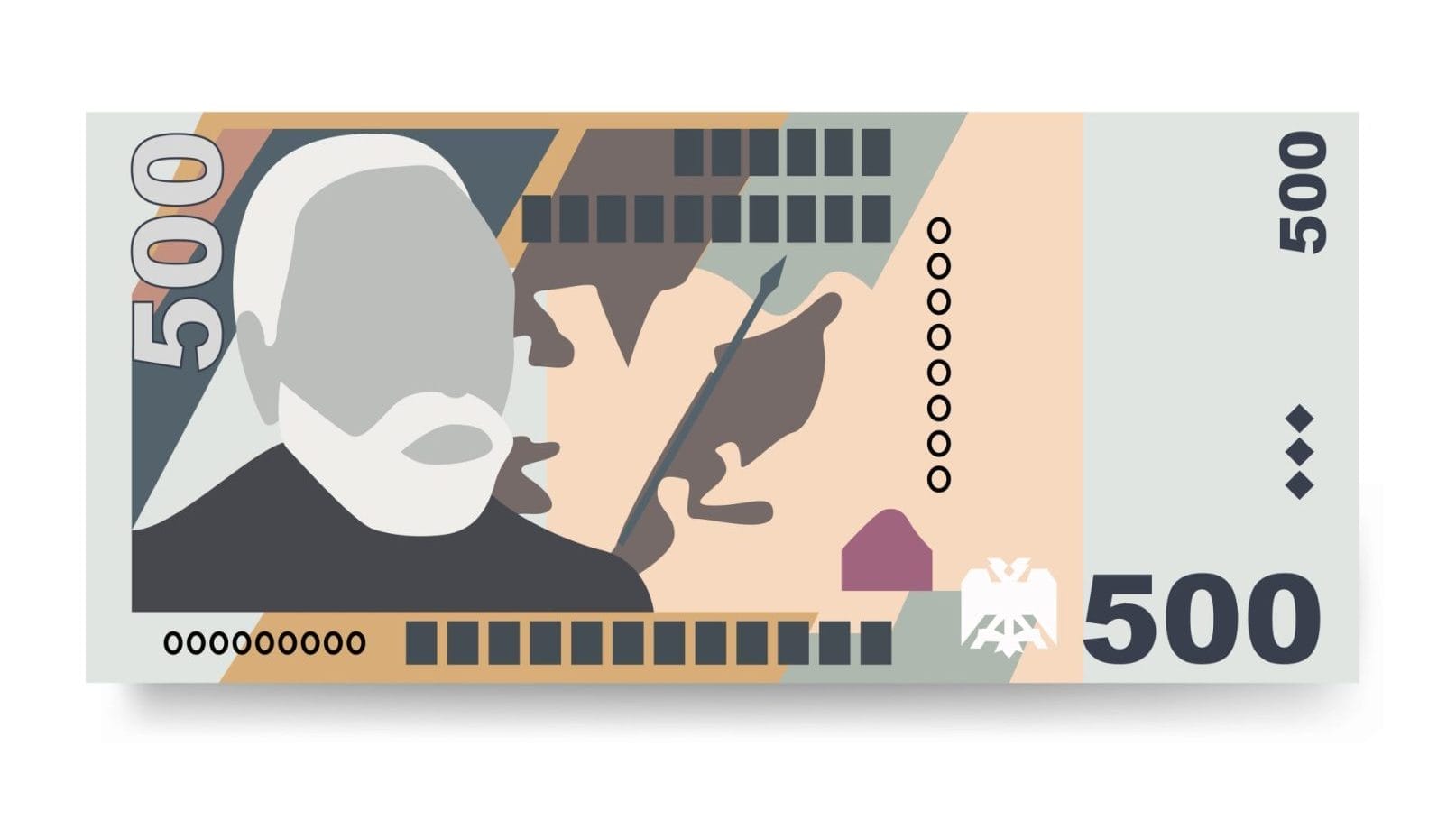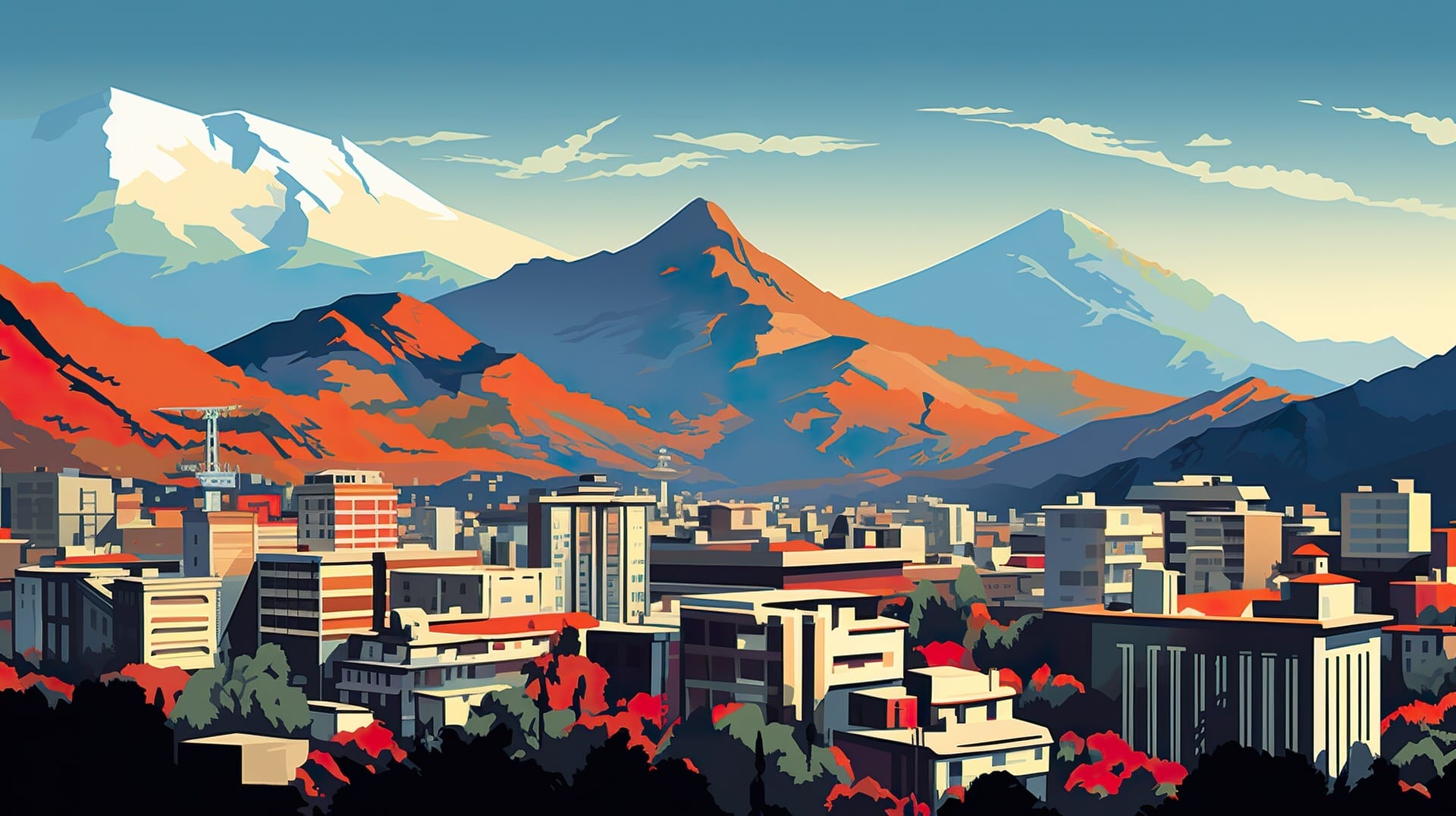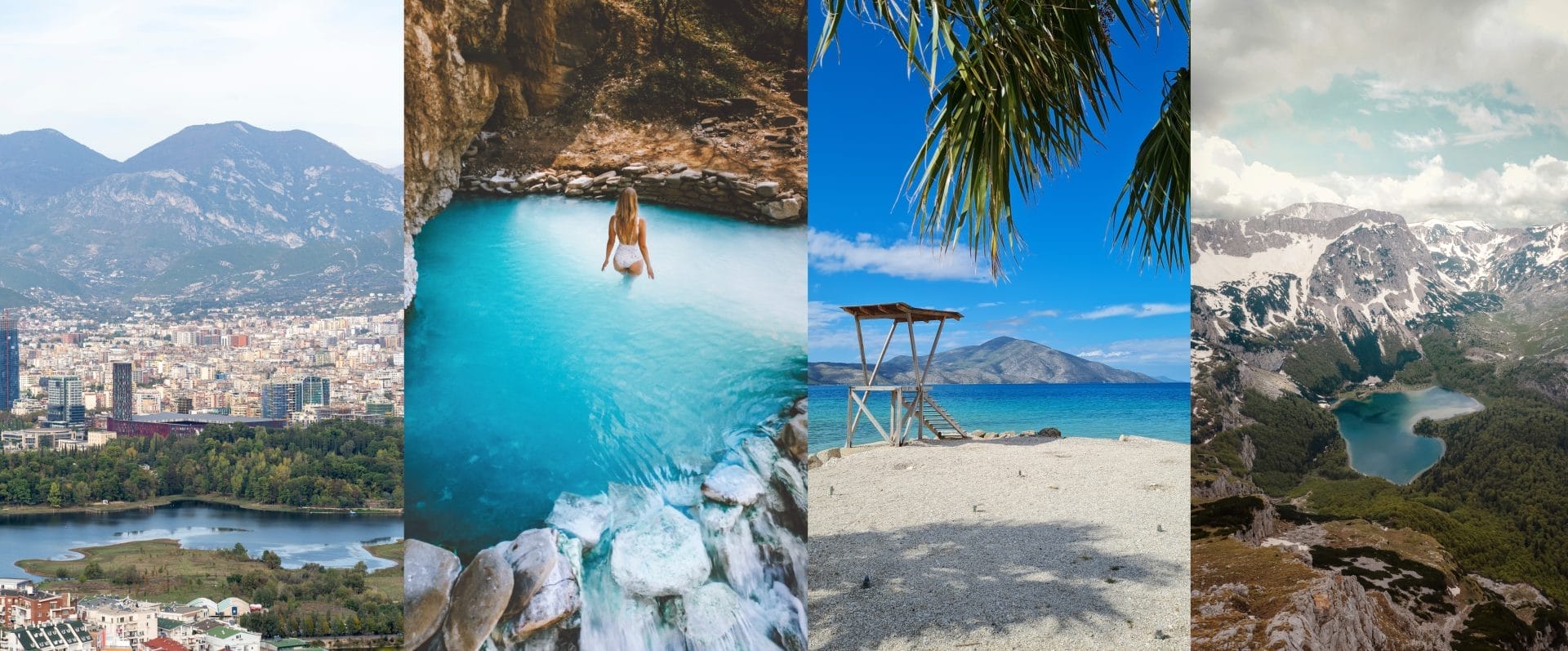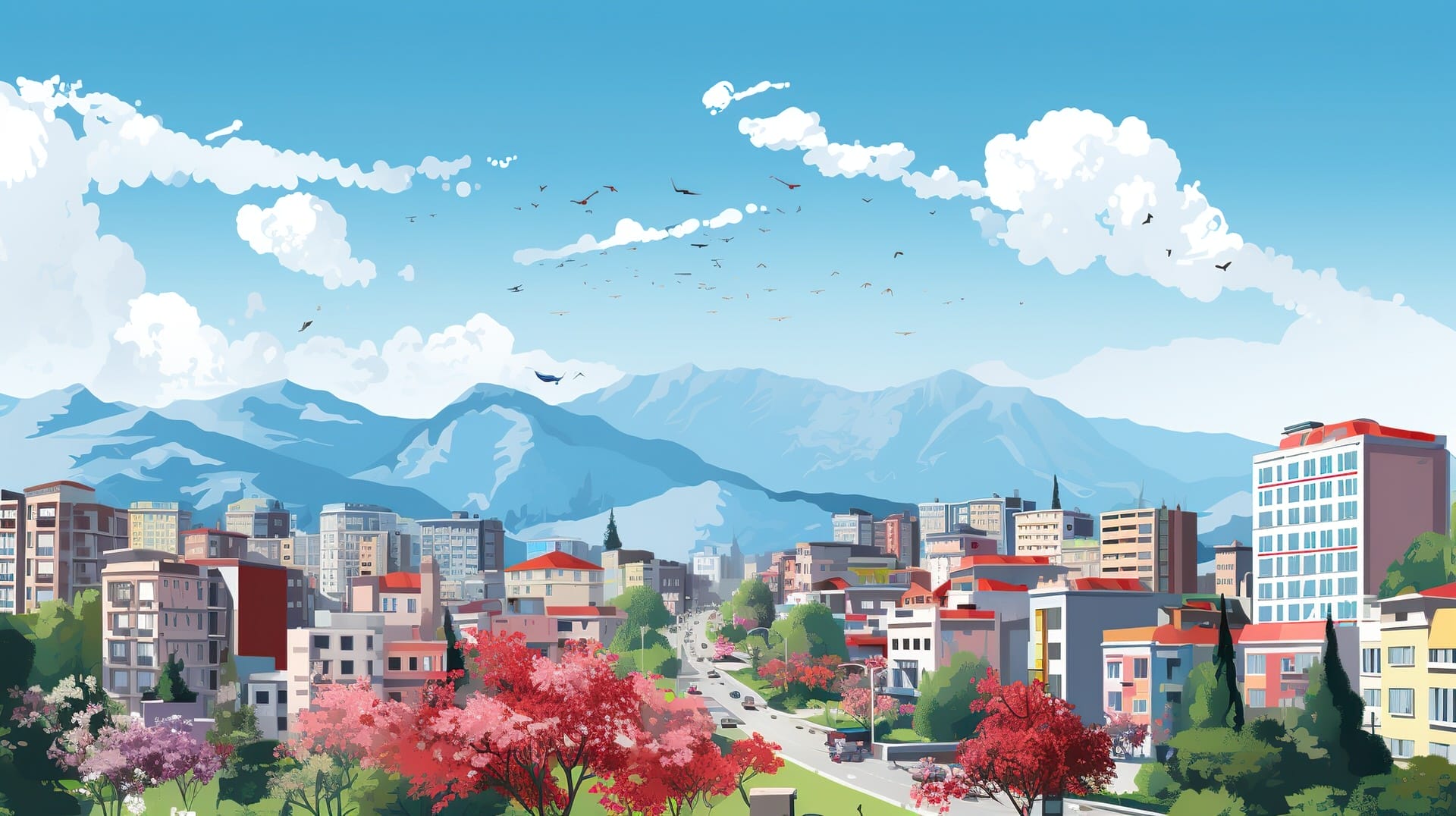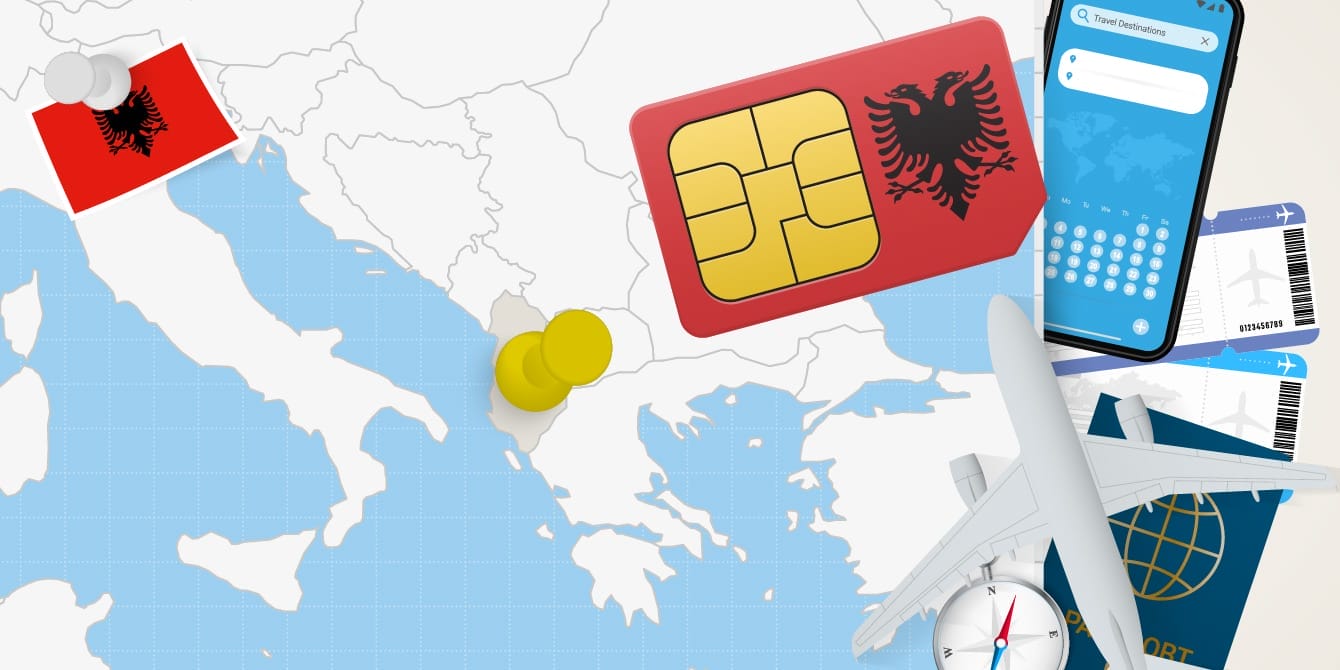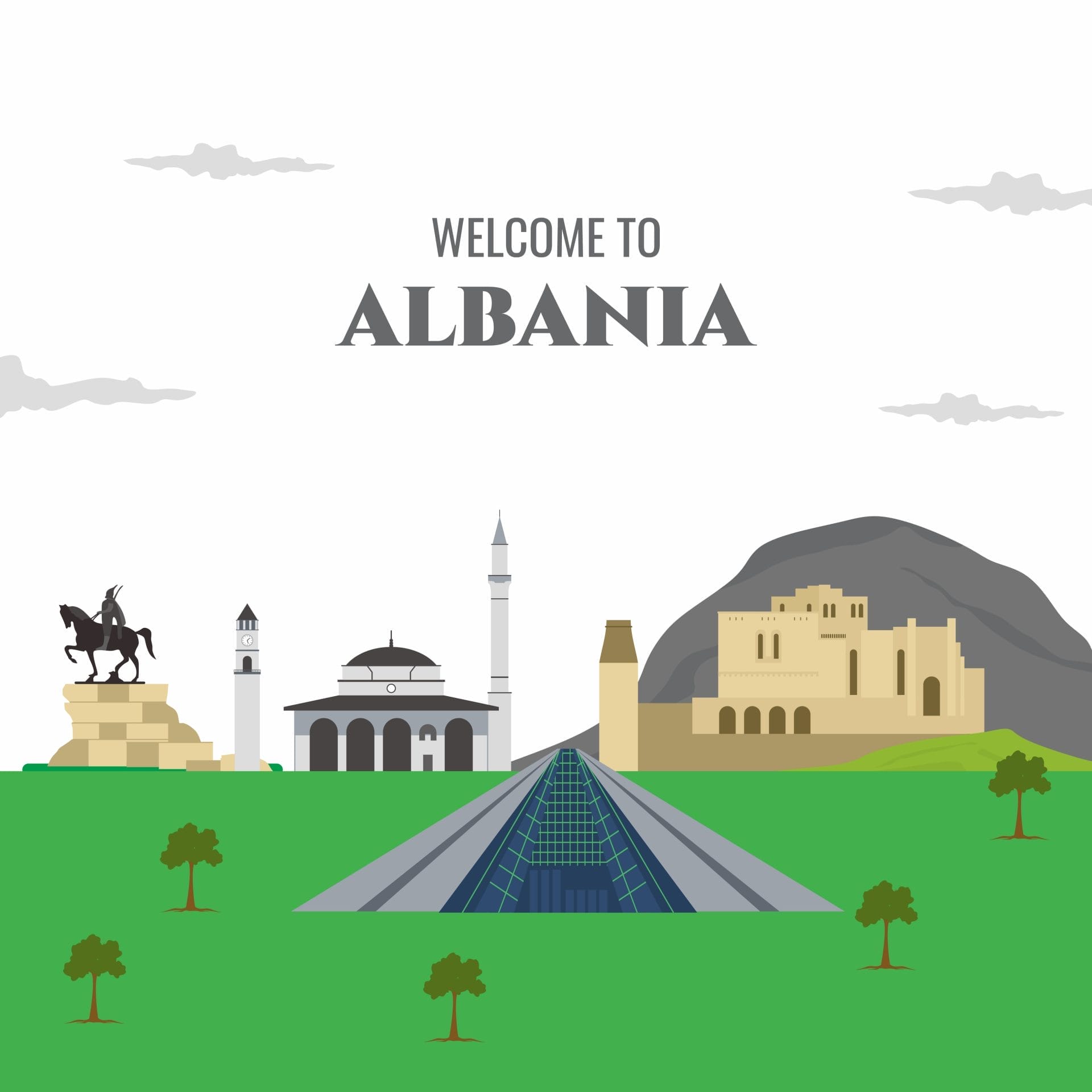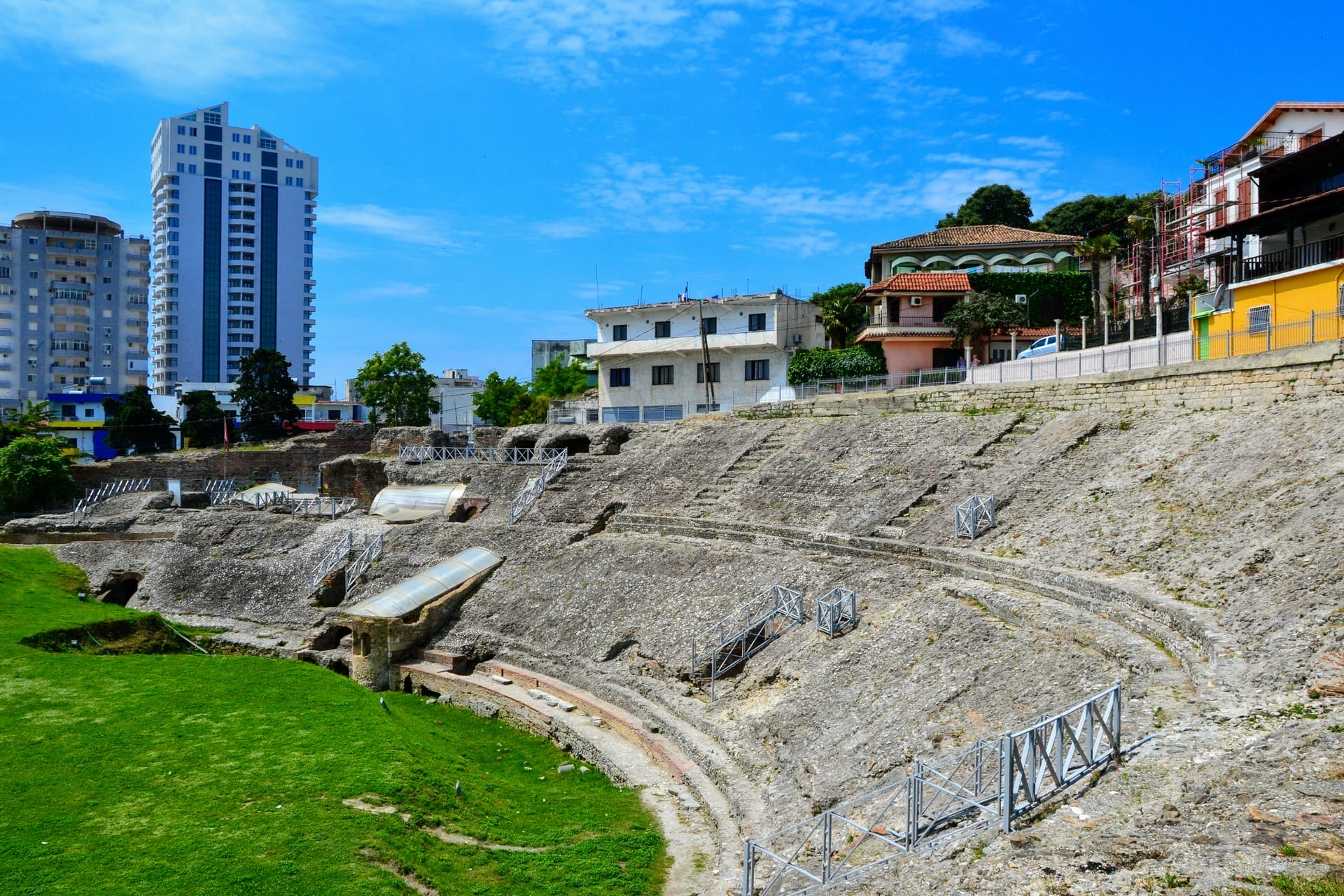
Why Visit
Take an enchanting journey into Albania’s past within the medieval cobblestone lanes of Krujë. This historical place lets you experience the 15th-century battles with the Ottomans through the castle. Here, Albanian national hero Skanderbeg made his legendary last stand until finally falling to the Ottoman army in 1478.
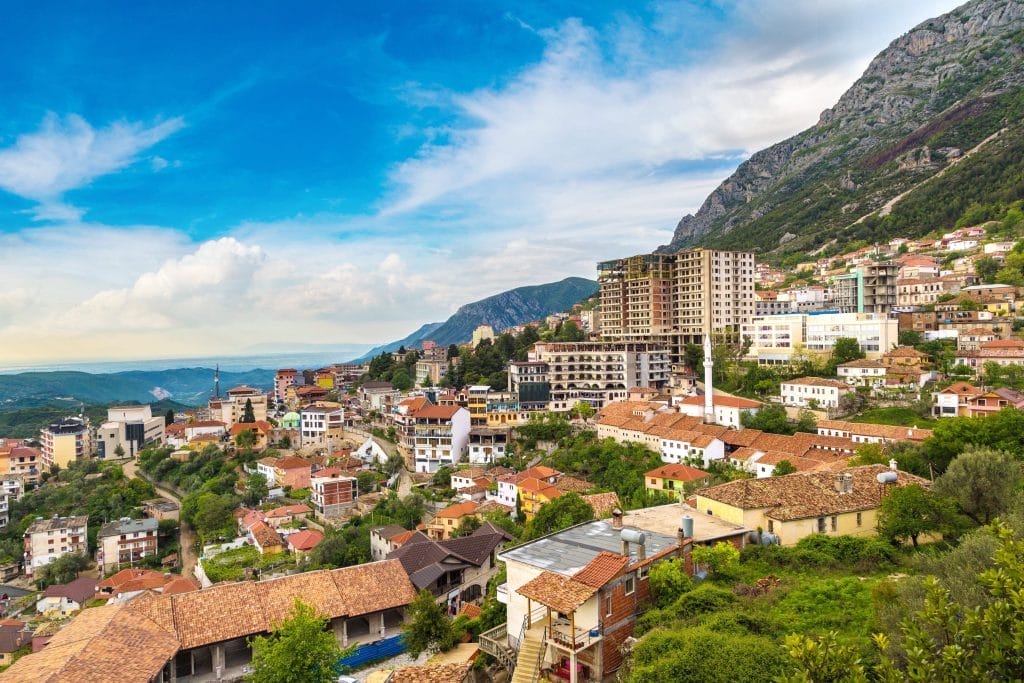
Visit Krujë’s old bazaar to buy traditional silver jewelry and carved shepherd’s flutes. Visit the Ethnographic Museum to learn about the everyday lives of Albanians long ago. The surrounding national park invites rejuvenating hikes among springs and waterfalls. From the cultural to the natural, Krujë enthralls visitors with Albania’s enduring legacy.

Experience Albania’s Living History
Krujë offers a window into Albania’s rich culture and turbulent history. Walking through its winding lanes feels like time travel to the 15th-century principality of Krujë, the first Albanian capital.
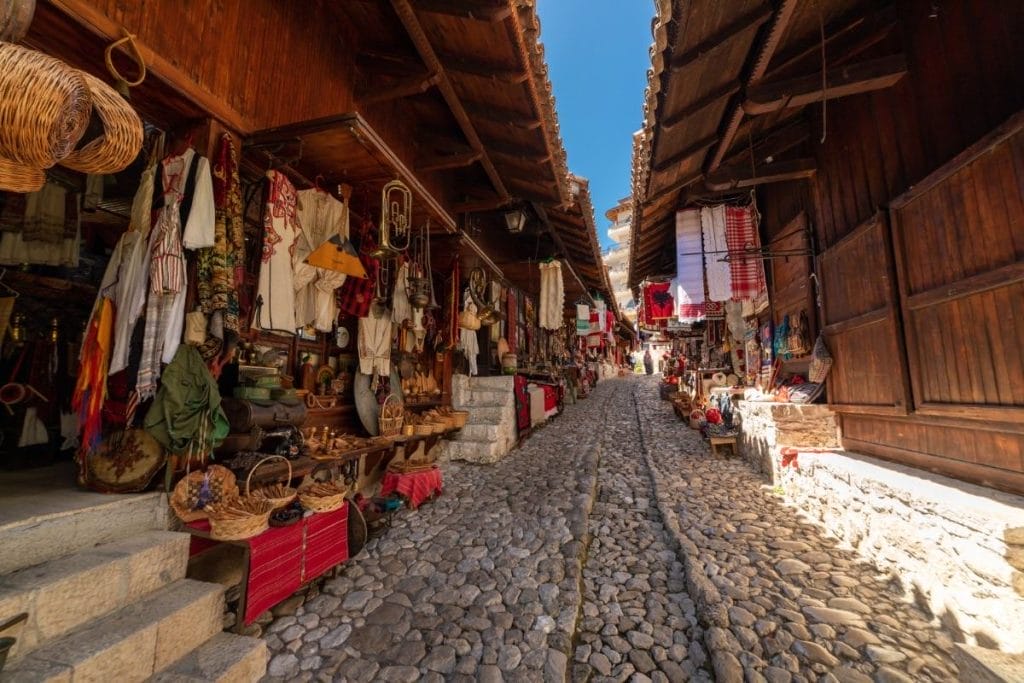
Skanderbeg’s Krujë Castle is an iconic symbol of resistance against the Ottoman Empire. The excellent Skanderbeg Museum chronicles his military resistance.
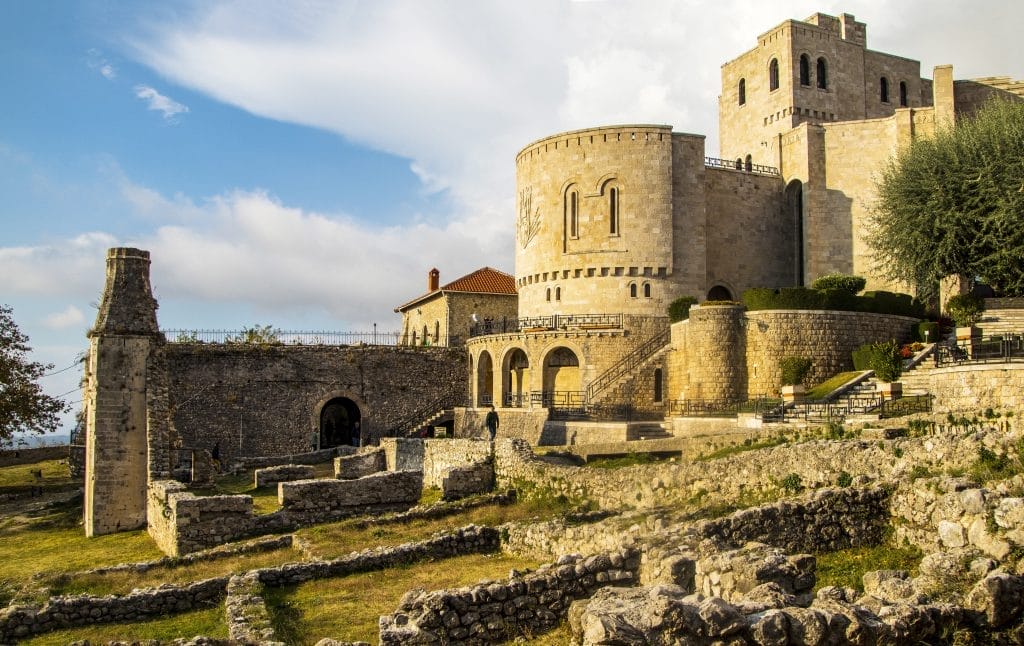
The Old Bazaar’s cobblestone alleyways evoke Krujë’s Ottoman merchant era. Discover handicrafts and antiques among stalls little changed for centuries. Nearby, the Ethnographic Museum provides insight into ancient lifestyles.
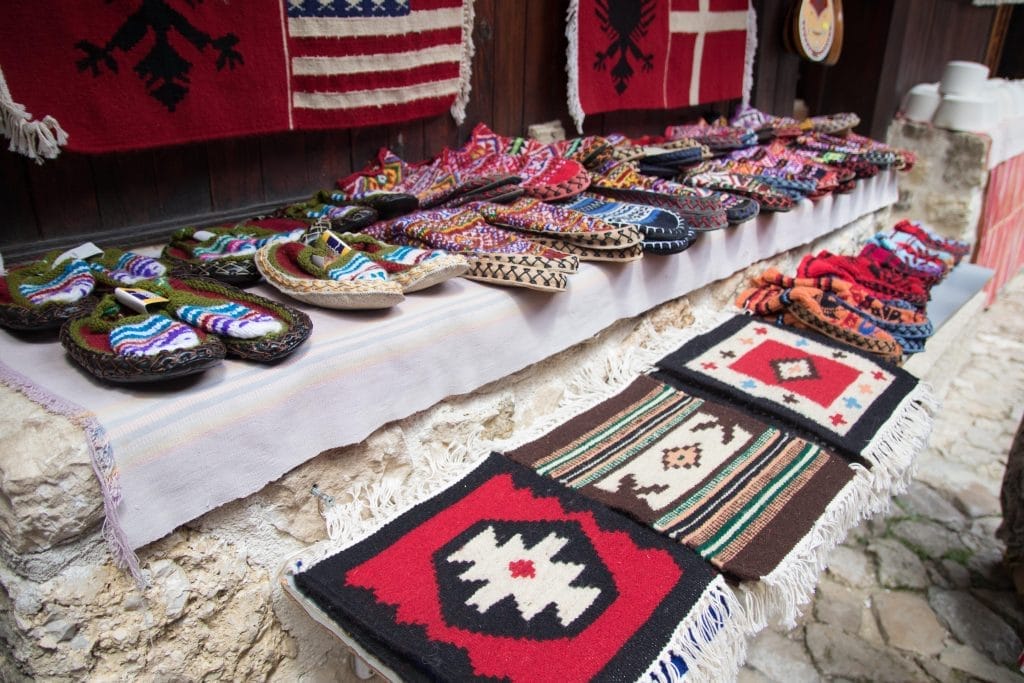
Top Attractions and Activities
- Tour the ruins of picturesque Krujë Castle, Albania’s most famous fortress.
- Learn about national hero Skanderbeg at the Skanderbeg Museum within the castle grounds.
- Shop for handicrafts, carpets, and souvenirs in the historic 17th-century Old Bazaar.
- Explore the exhibits on traditional life at the Ethnographic Museum.
- Hike in the peaceful National Park of Krujë with its waterfalls and springs.
- Discover spiritual Sari Salltik Cave or relax at the Sufi Teqeja e Dollmës lodge.
- Savor hearty Albanian specialties like tavë kosi lamb casserole with a glass of raki.

Planning Your Visit
Reach Krujë by bus or car from Tirana in about an hour. Guided day tours from Tirana are also available. The small town center is easily walkable. Stay right in medieval Krujë Castle or choose hotels in town. Visit in spring or fall for pleasant weather and explore Krujë’s living history.
Lodging
-

Kruja Albergo Diffuso , Inside Kruja Castle
Kruja Albergo Diffuso, Inside Kruja Castle, emerges as a distinctive choice for travelers seeking a blend of history and comfort in Krujë.
-

DEAL Castle View Rooms
DEAL Castle View Rooms emerges as a distinguished choice for travelers seeking a blend of comfort and scenic beauty in Krujë.
-

Hotel Kroi near castle entrance castle and town view
Hotel Kroi, positioned just at the gateway to Krujë’s historic castle and offering panoramic views of the town, stands out as a prime choice for travelers seeking both convenience and charm.
-

Rooms Nesti INSIDE OF CASTLE
Rooms Nesti INSIDE OF CASTLE, located in the historic heart of Krujë, presents a unique accommodation experience just 32 km from Skanderbeg Square.
-

Mervin Hotel
Mervin Hotel emerges as a distinguished choice for travelers seeking a blend of comfort and convenience in Krujë, situated just 31 km from the vibrant Skanderbeg Square.
-

Rooms Panorama
Rooms Panorama emerges as a serene oasis in Krujë, strategically positioned just a stone’s throw away from the vibrant Skanderbeg Square and the captivating Dajti Ekspres Cable Car.
-

Hotel PANORAMA Kruje view on the castle and the old town
Discover the charm of Krujë from a prime location at Hotel PANORAMA Kruje, where modern comforts meet the rich history of this captivating town.

